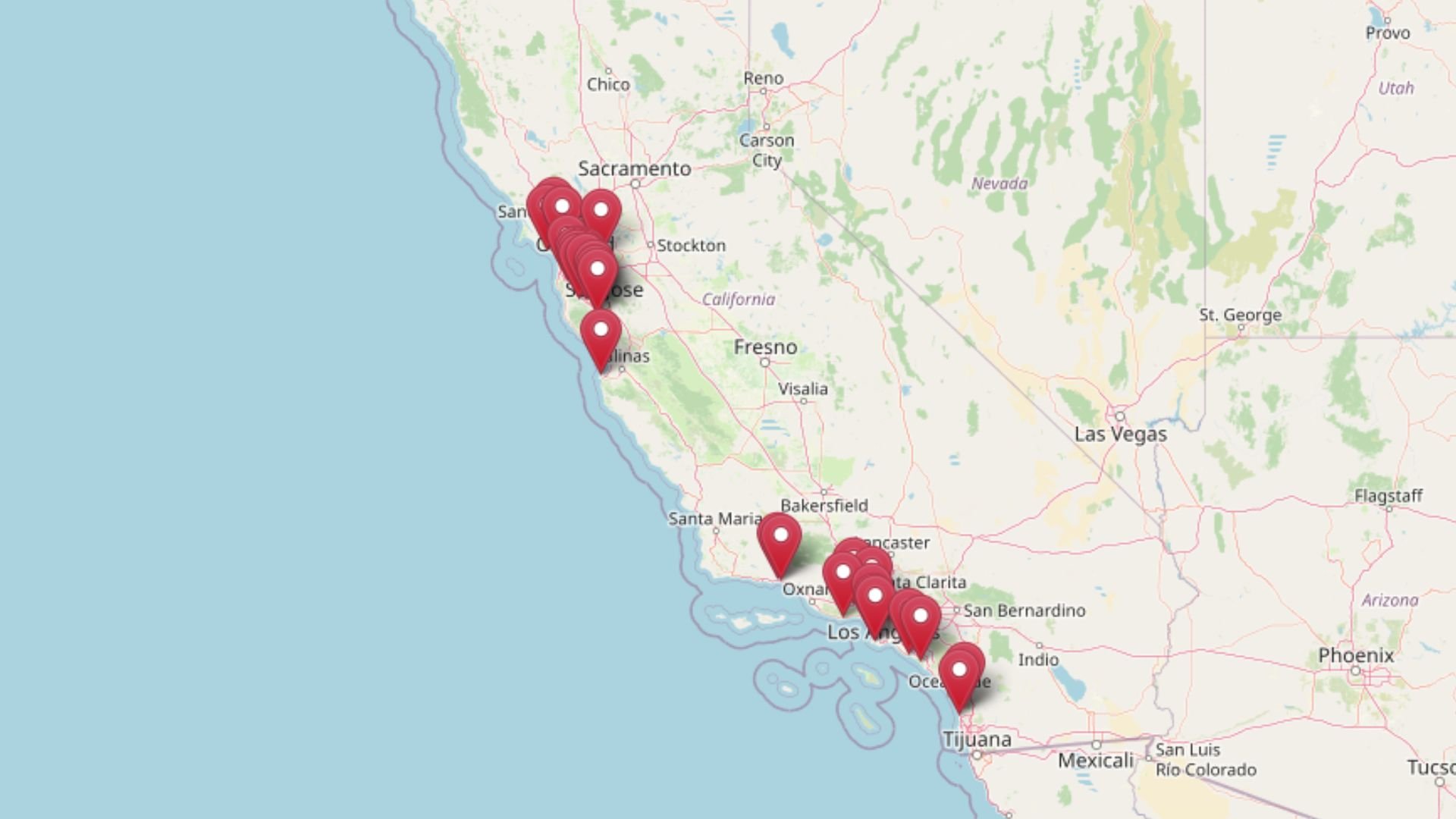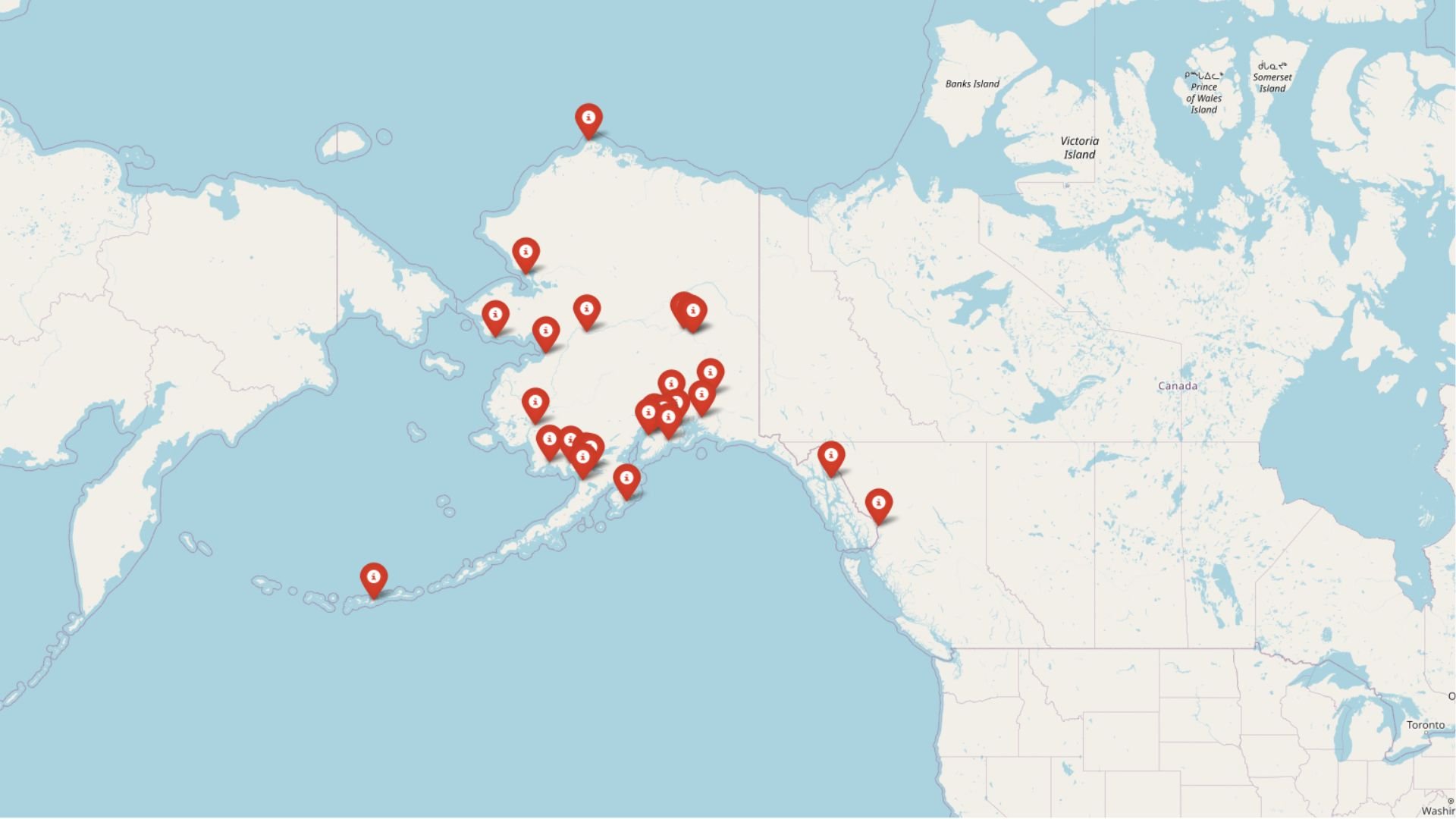
In Alaska, remote airstrips, long ocean crossings, and brutal winters already push housing costs skyward—but some towns take it even further, branding themselves as luxury enclaves without backing it up. According to fresh 2025 data, these 24 spots don’t live up to the price tag. They’re the places where steep home prices meet thin amenities, weak walkability, and eye-watering living costs.
24. Unalakleet – High Costs, Hard Choices
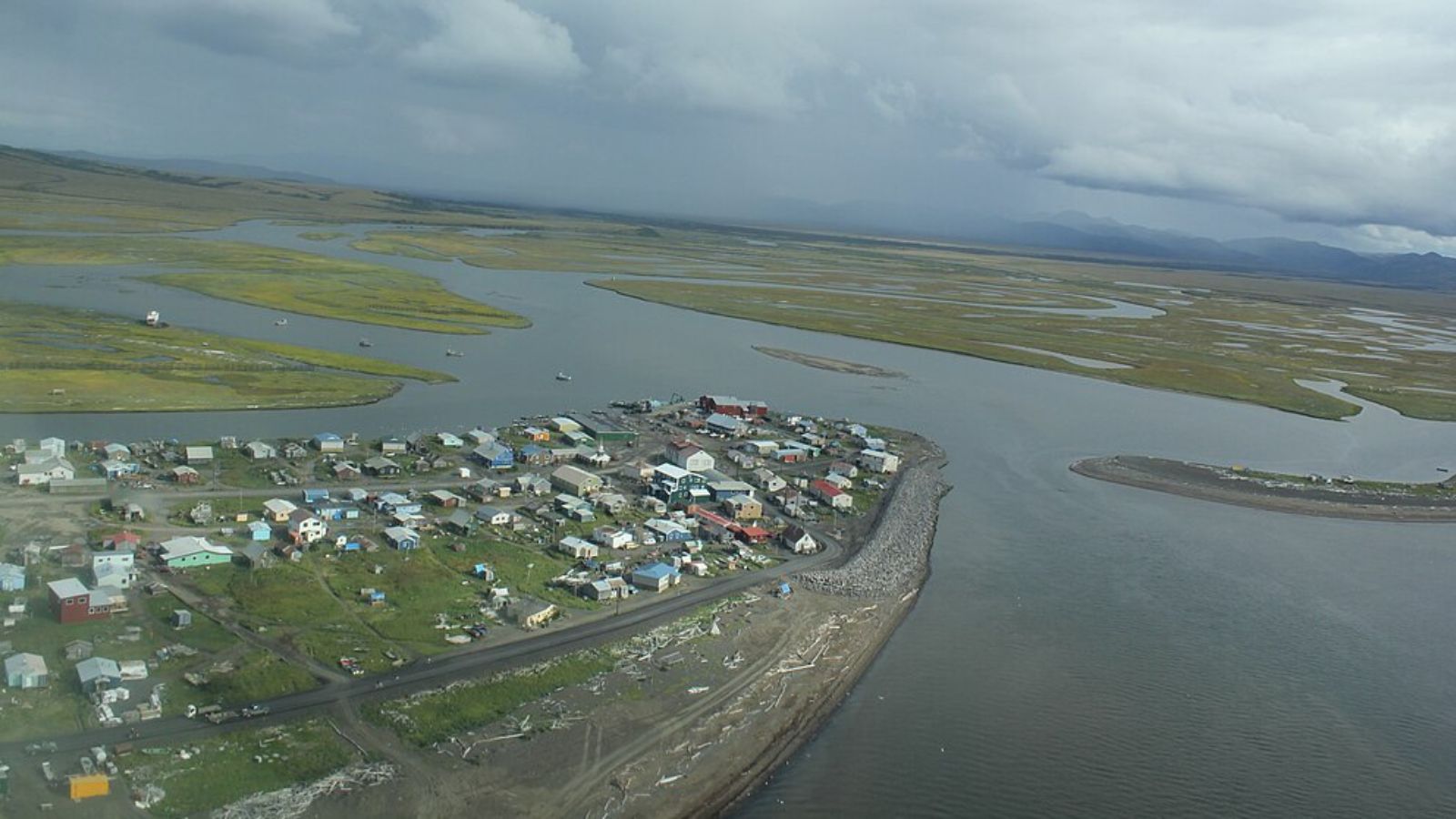
Sitting on Norton Sound, Unalakleet is famous for sled-dog racing and salmon runs. Planes are the only year-round link to the rest of Alaska, which means everyday goods arrive by cargo flight or summer barge—and the mark-ups show it. Grocery prices can double mainland averages, and winter storms often delay deliveries.
The scenery is wild and the culture vibrant, but buyers soon feel the pinch of $6 milk and fuel shipped in by air. Unless you thrive on extreme isolation, Unalakleet’s luxury label melts away once the bills land.
Unalakleet – Luxury 30.84 vs. Lifestyle 16.49
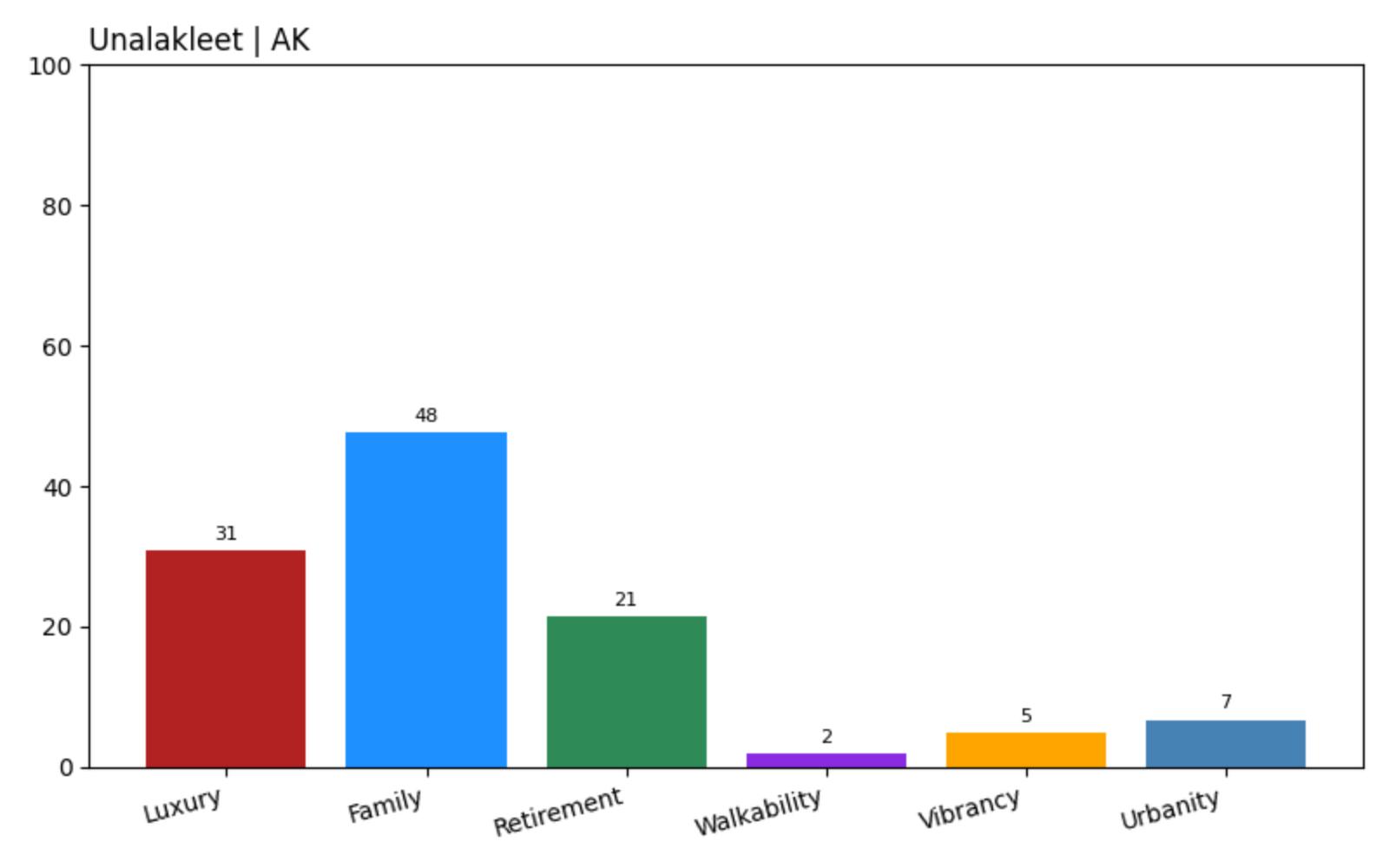
- Luxury Score: 30.84
- Family Friendliness: 47.64
- Retirement Friendliness: 21.35
- Walkability: 1.87
- Vibrancy: 4.85
- Urban Sophistication: 6.74
The low walkability and vibrancy numbers underline the day-to-day struggle here. Even with modest housing prices, shoppers pay a premium for basics, making Unalakleet a tough sell for cost-conscious buyers.
23. Adak – Far-Flung, Budget-Busting Island

Perched near the western tip of the Aleutian chain, Adak was once a bustling Navy base; today it holds fewer than 200 residents and a single weekly flight. Housing looks cheap on paper, but everything else—from bananas to building supplies—travels 1,200 miles by barge or cargo jet.
Severe weather can ground planes for days, and winter gales shut the port entirely. Those hidden logistics charges turn every home repair and grocery run into a wallet-draining ordeal.
Adak – Luxury 34.96 vs. Lifestyle 16.51
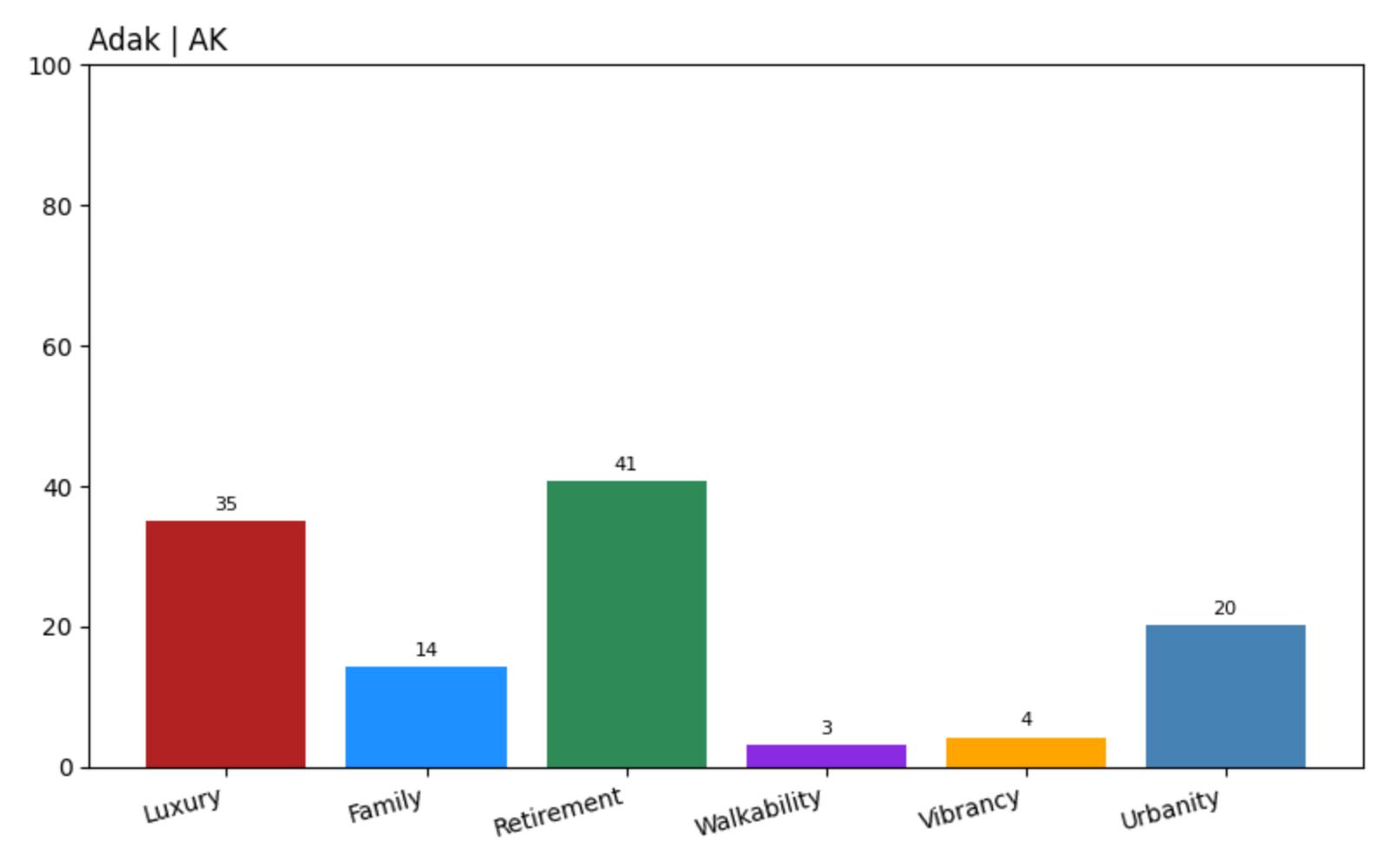
- Luxury Score: 34.96
- Family Friendliness: 14.23
- Retirement Friendliness: 40.63
- Walkability: 3.09
- Vibrancy: 4.27
- Urban Sophistication: 20.33
With almost no family infrastructure and minimal vibrancy, Adak’s rock-bottom home prices are quickly offset by sky-high shipping fees and travel costs—erasing any illusion of affordability.
22. Galena-Huslia – River Views, Wallet Blues
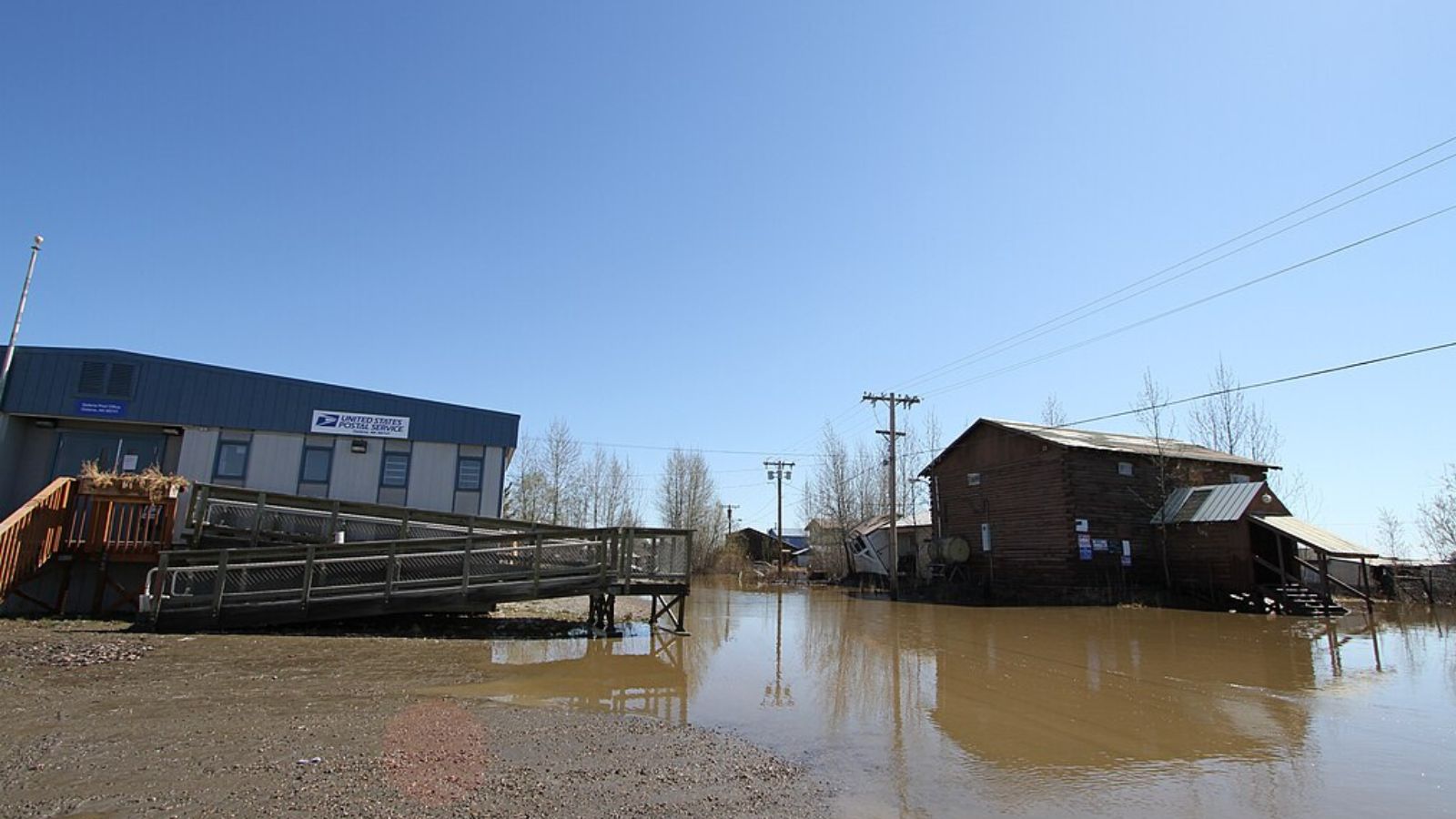
Galena sits along the Yukon River, 270 air miles from the nearest highway. The community has earned praise for renewable-energy projects, yet diesel still powers most homes at prices that dwarf national averages. Spring break-up and fall freeze-up routinely halt barge service, leaving residents to fly in essentials.
Scenic sunsets can’t hide the sticker shock: heating fuel, fresh produce, and basic healthcare all cost a premium, making day-to-day life anything but luxe.
Galena-Huslia– Luxury 35.46 vs. Lifestyle 15.92

- Luxury Score: 35.46
- Family Friendliness: 43.60
- Retirement Friendliness: 26.90
- Walkability: 0.31
- Vibrancy: 5.19
- Urban Sophistication: 3.58
A near-zero walkability score and high utility costs wipe out Galena’s riverfront charm. For buyers chasing value, the luxury label rings hollow once they tally the monthly bills.
21. Egegik – Salmon Rich, Service Poor
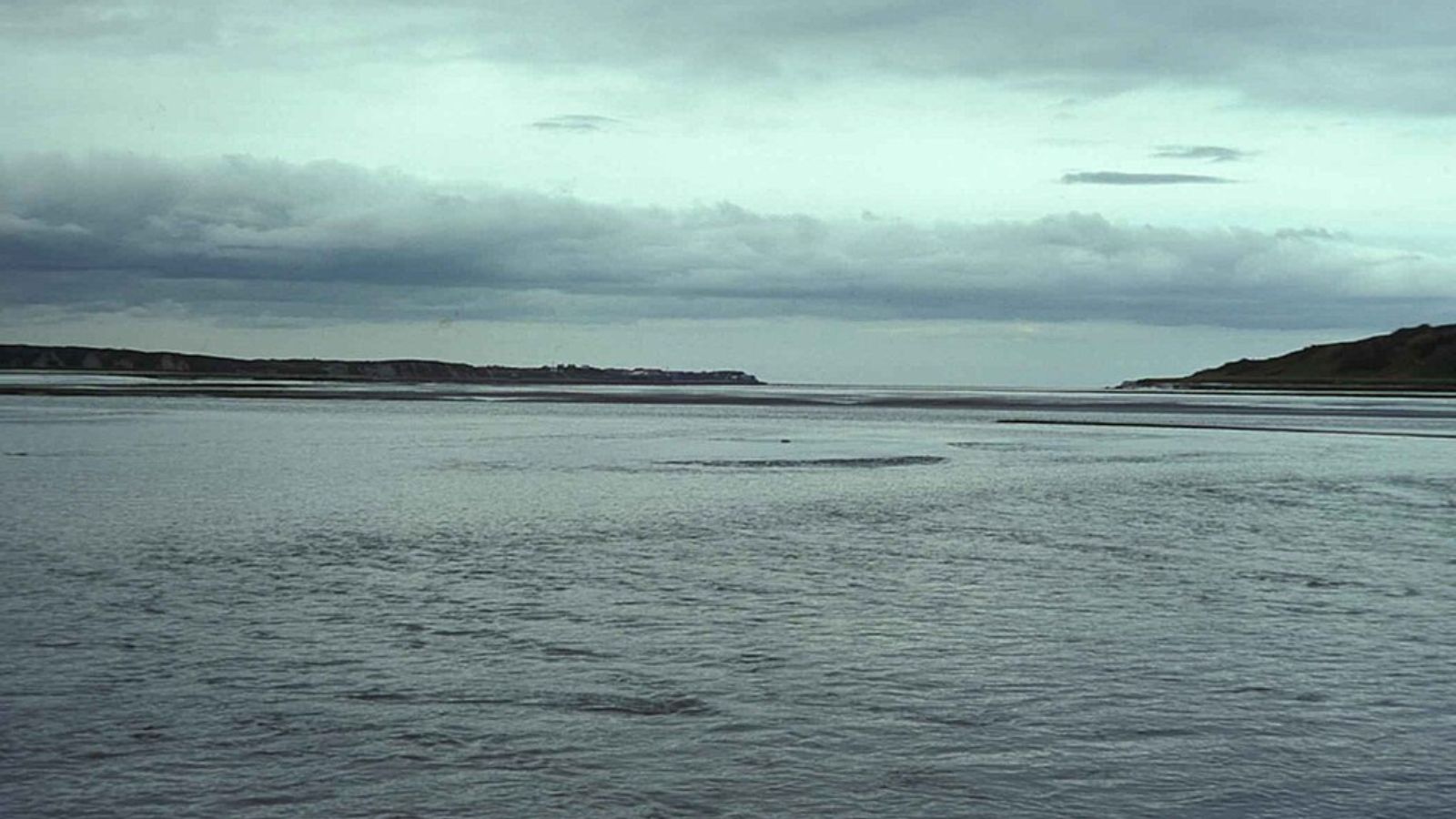
Best known for its summer sockeye boom, Egegik swells with seasonal workers but shrinks to a hamlet of a few dozen in winter. The town has no year-round road access, and medical or retail trips mean charter flights to Kodiak or Anchorage.
Seasonal paychecks may be hefty, yet residents face premium prices for internet, power, and groceries all year. Luxury branding fades fast when the post office doubles as your mini-mart.
Egegik – Luxury 35.49 vs. Lifestyle 20.76
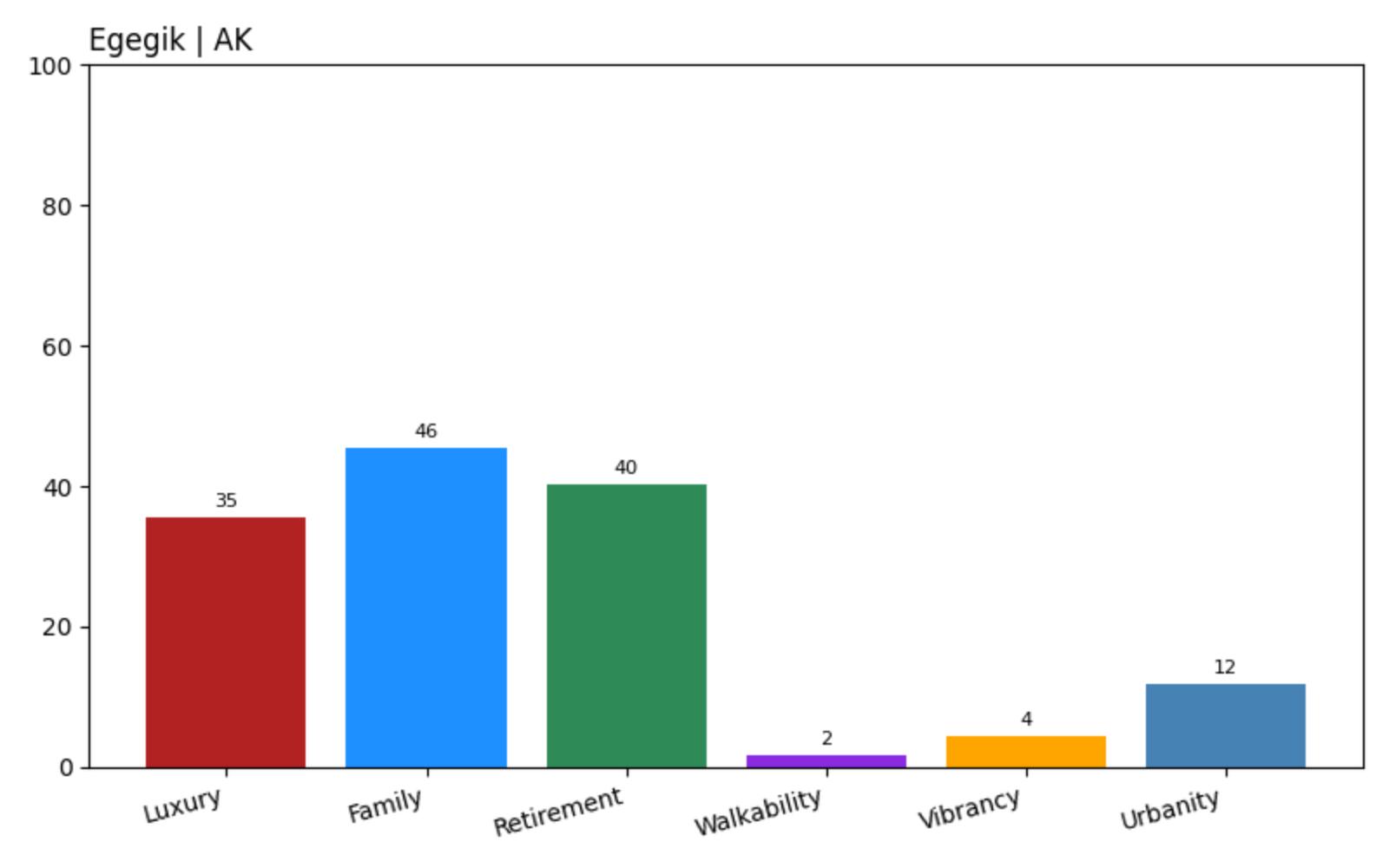
- Luxury Score: 35.49
- Family Friendliness: 45.50
- Retirement Friendliness: 40.31
- Walkability: 1.74
- Vibrancy: 4.46
- Urban Sophistication: 11.80
With vibrancy below 5 and walkability under 2, Egegik offers little beyond seasonal work. Buyers seeking a balanced lifestyle will find the costs outweigh the catch.
20. Togiak – Bristol Bay Price Shock
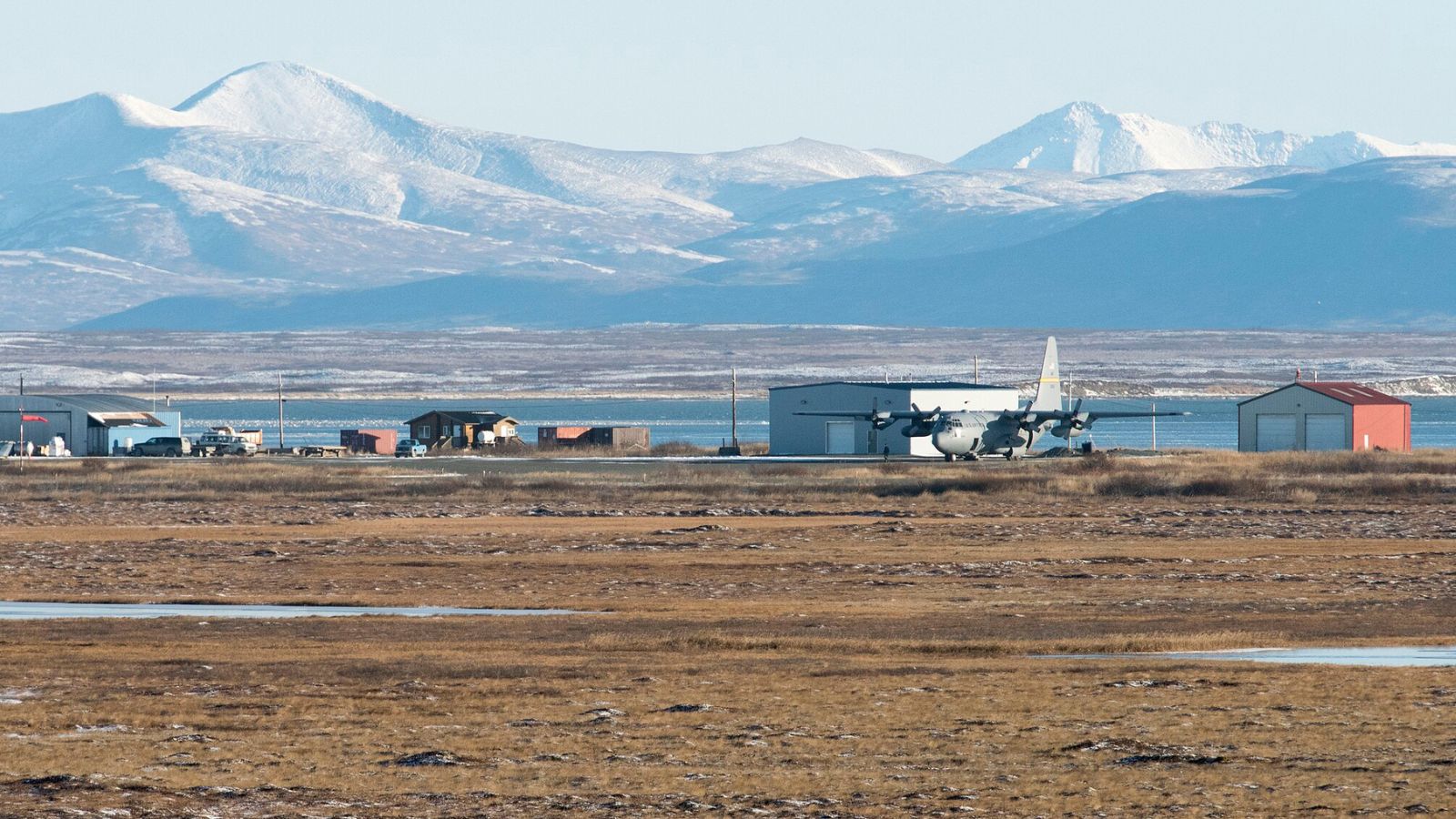
Togiak hugs the southwest Alaska coast, famous for herring and king salmon. Yet its fishing success hasn’t lowered living expenses: fuel is barged in, groceries arrive by small plane, and a gallon of milk can top $9. Roads are unpaved, and winter weather often grounds flights.
The scenery is stunning, but daily life leans on expensive imports and limited services—hardly the payoff value hunters expect from a so-called luxury market.
Togiak-Monokotak – Luxury 37.72 vs. Lifestyle 22.26
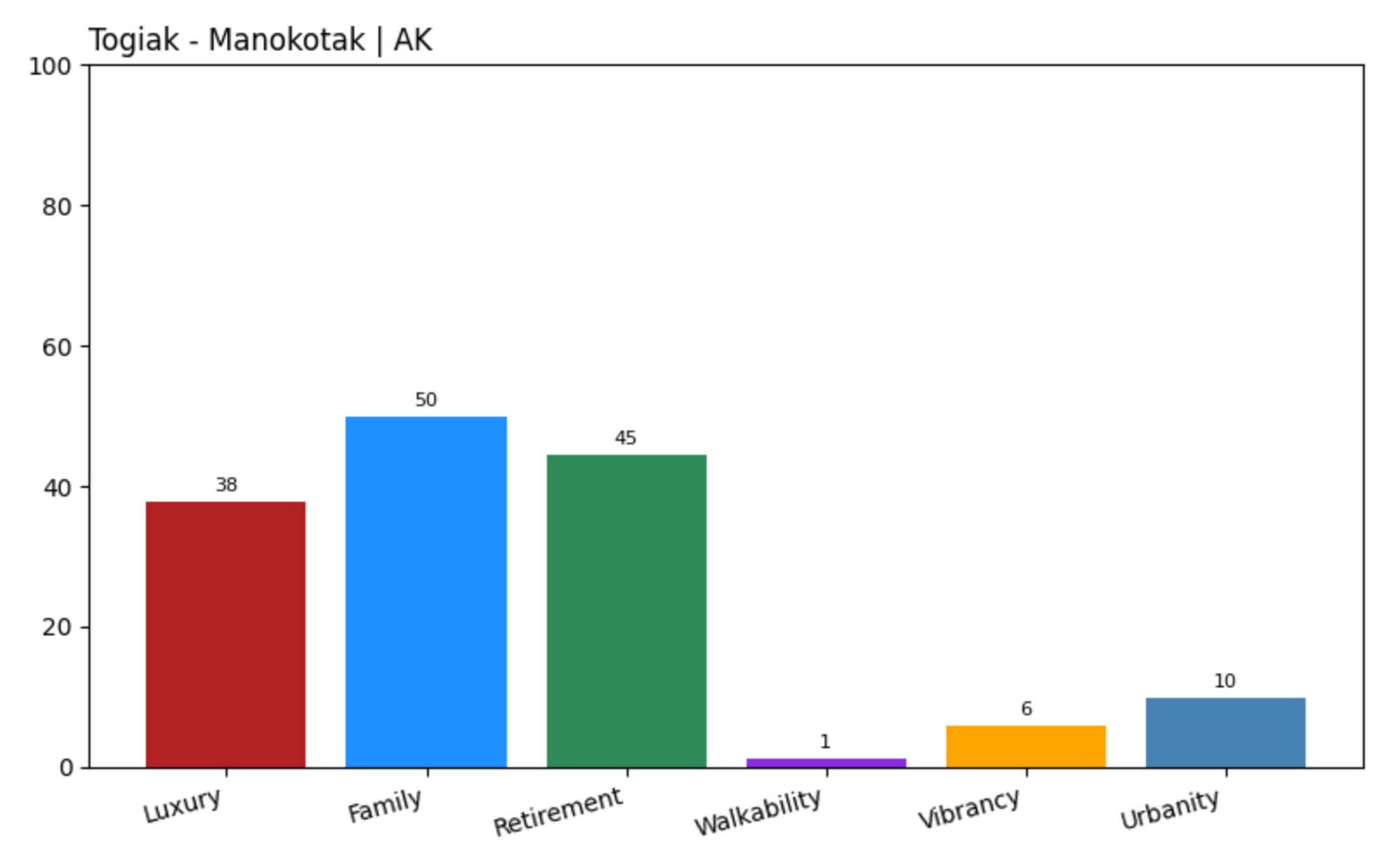
- Luxury Score: 37.72
- Family Friendliness: 49.88
- Retirement Friendliness: 44.51
- Walkability: 1.11
- Vibrancy: 5.91
- Urban Sophistication: 9.91
For all its natural riches, Togiak’s low vibrancy and sky-high basics erase any perceived luxury. The math just doesn’t work for buyers chasing value in 2025.
19. Bethel – Remote Living at Premium Prices
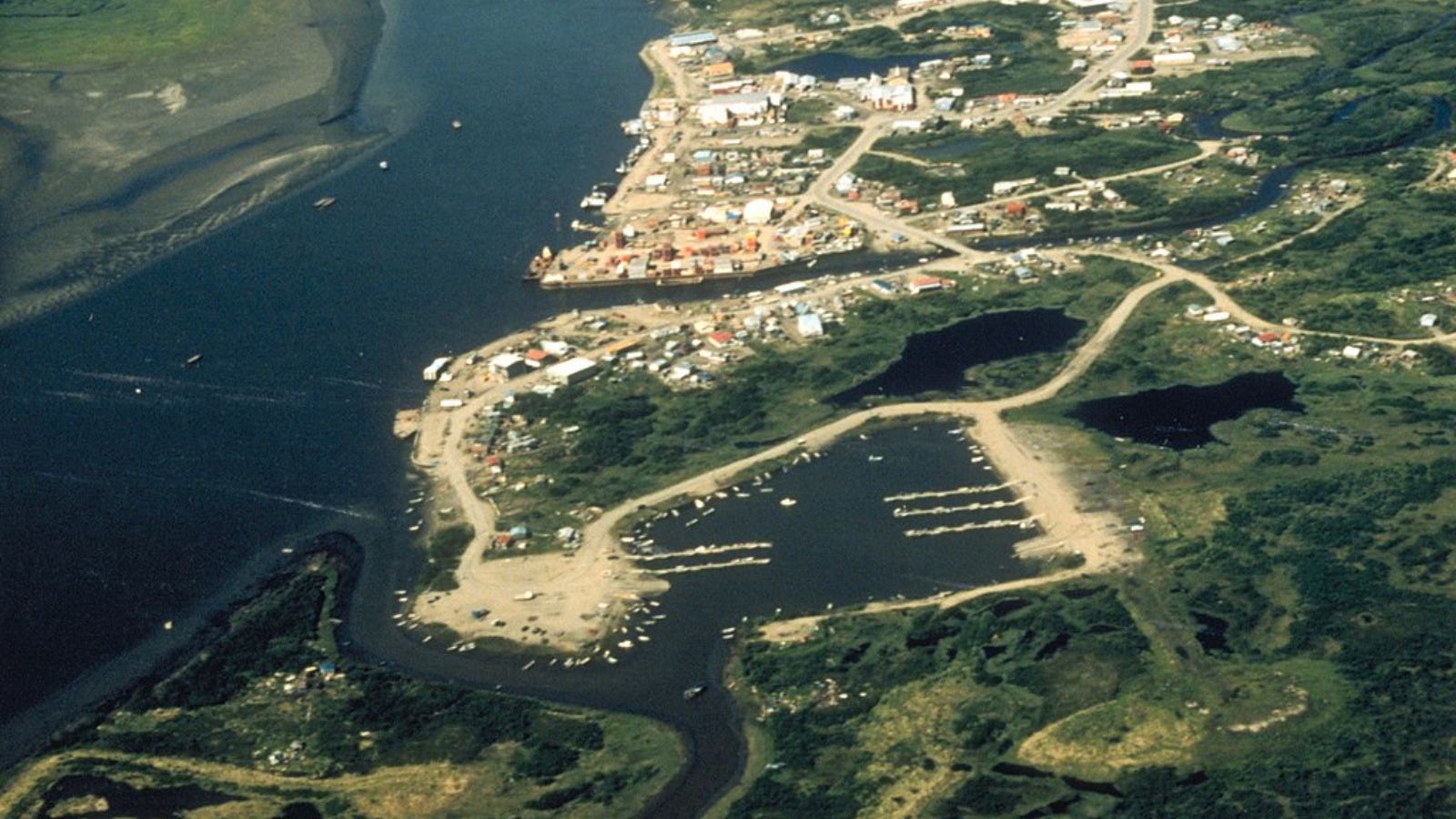
Bethel is one of western Alaska’s largest hubs, but it still isn’t connected to the rest of the state by road. Despite its size, services are limited, and daily life depends heavily on air transport. That means shipping surcharges hit nearly everything—from toothpaste to truck parts.
While it serves as a regional center for smaller villages, Bethel’s own infrastructure feels stretched. Housing may be expensive, but it’s not high-end, and everyday errands often involve planning around flight schedules, not convenience.
Bethel – Luxury 54.44 vs. Lifestyle 20.68
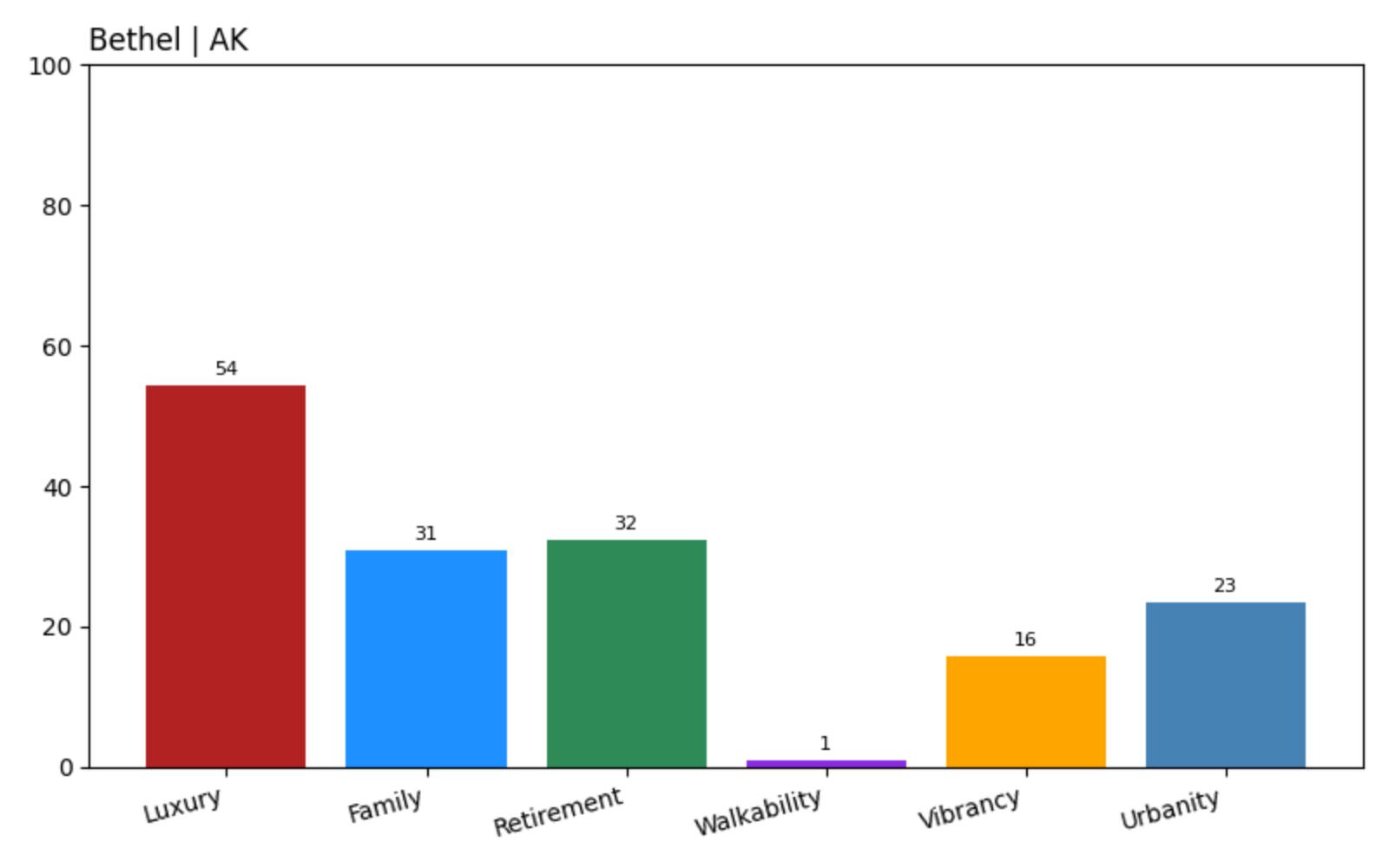
- Luxury Score: 54.44
- Family Friendliness: 30.83
- Retirement Friendliness: 32.36
- Walkability: 0.90
- Vibrancy: 15.87
- Urban Sophistication: 23.46
Bethel’s extremely low walkability score and minimal family and retirement appeal reveal a lifestyle that’s out of sync with its rising real estate prices. Buyers are paying big city costs for a small-town experience that feels cut off and underdeveloped.
18. Kasilof – Cabin Country, But Not Much Else
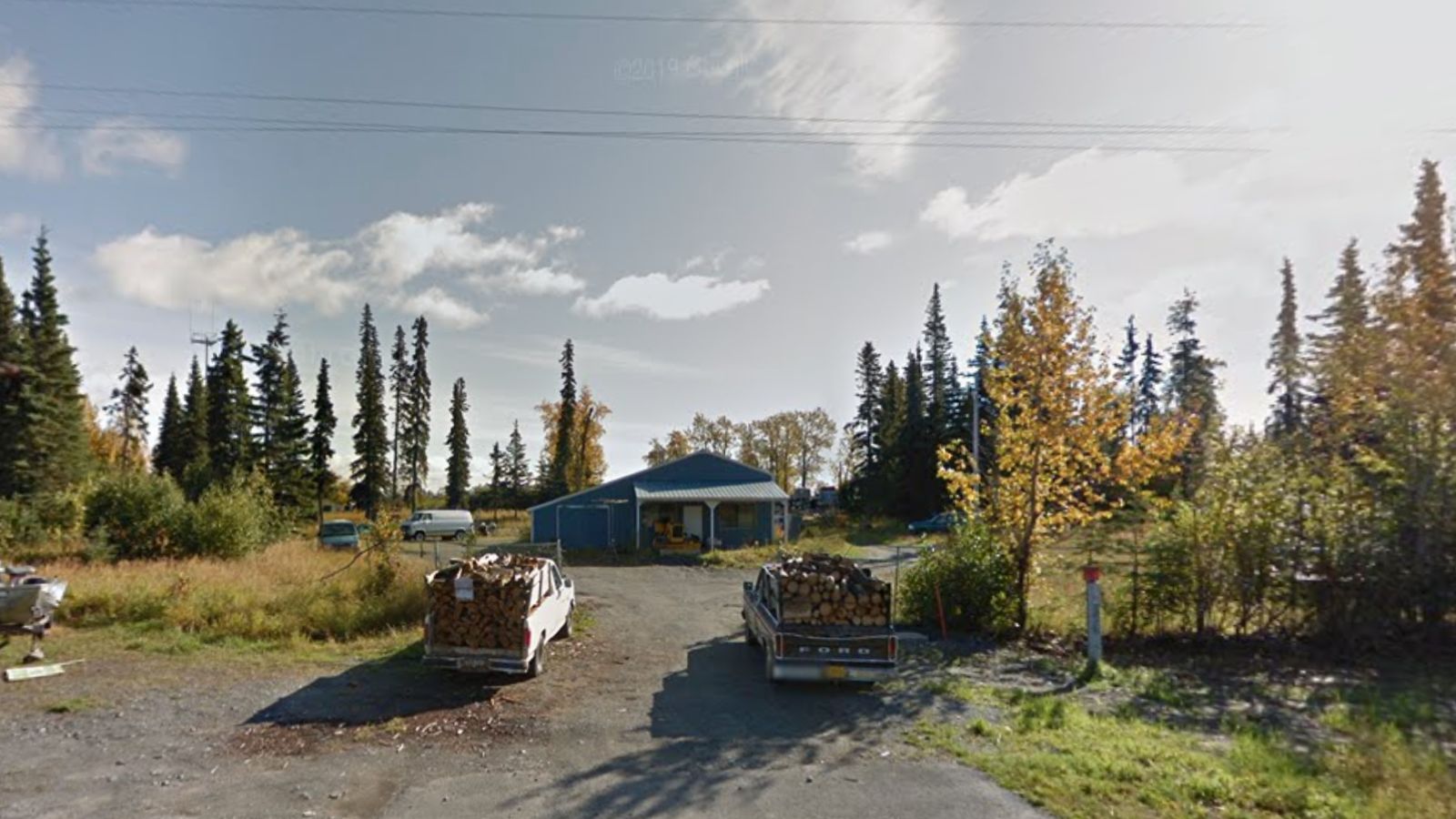
Kasilof sits on the Kenai Peninsula, drawing seasonal interest from fishermen and retirees who love the nearby river. But beyond a scattering of cabins and scenic views, it lacks much of what full-time residents look for. There’s no town center, no strong public services, and amenities are few and far between.
The quiet might appeal to some, but long drives for groceries and lack of local options make it a hard sell for buyers hoping for comfort and convenience in return for their investment.
Kasilof – Luxury 54.35 vs. Lifestyle 35.79
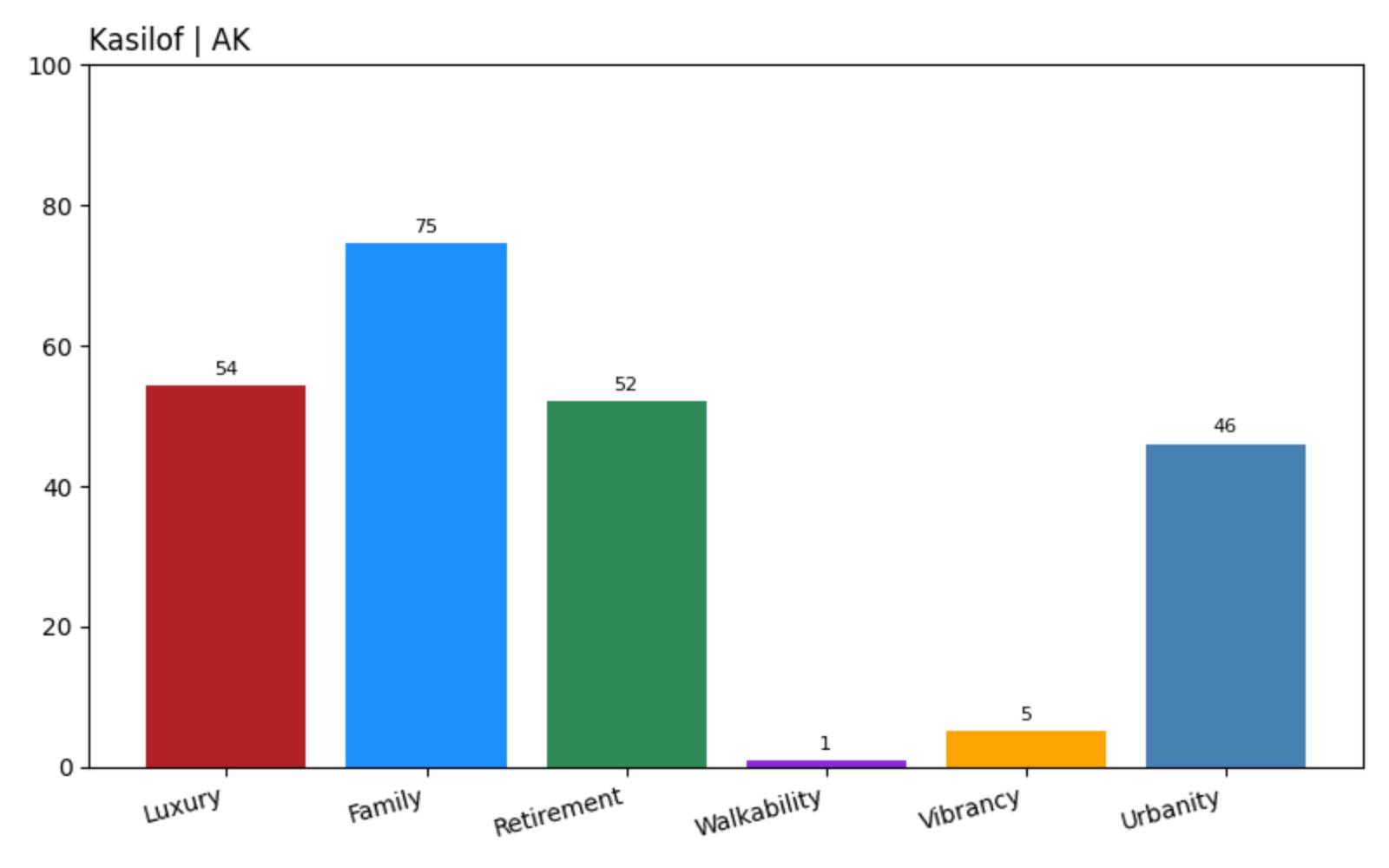
- Luxury Score: 54.35
- Family Friendliness: 74.67
- Retirement Friendliness: 52.11
- Walkability: 1.01
- Vibrancy: 5.14
- Urban Sophistication: 46.05
Kasilof’s high family friendliness score doesn’t reflect the broader picture: with extremely poor walkability and vibrancy, it simply doesn’t provide the lifestyle experience its price tag suggests.
17. Naknek – Seasonal Demand, Year-Round Challenges

Naknek and King Salmon serve as important bases for the Bristol Bay fishery, but during the off-season, these towns feel mostly empty. The local economy is built around the boom-and-bust rhythm of summer fishing, and that instability bleeds into everyday life for year-round residents.
For buyers, the biggest surprise isn’t the price—it’s what you don’t get for it. Housing is functional, not luxurious, and services are geared toward transient workers, not permanent residents.
Naknek – King Salmon – Luxury 54.91 vs. Lifestyle 34.8
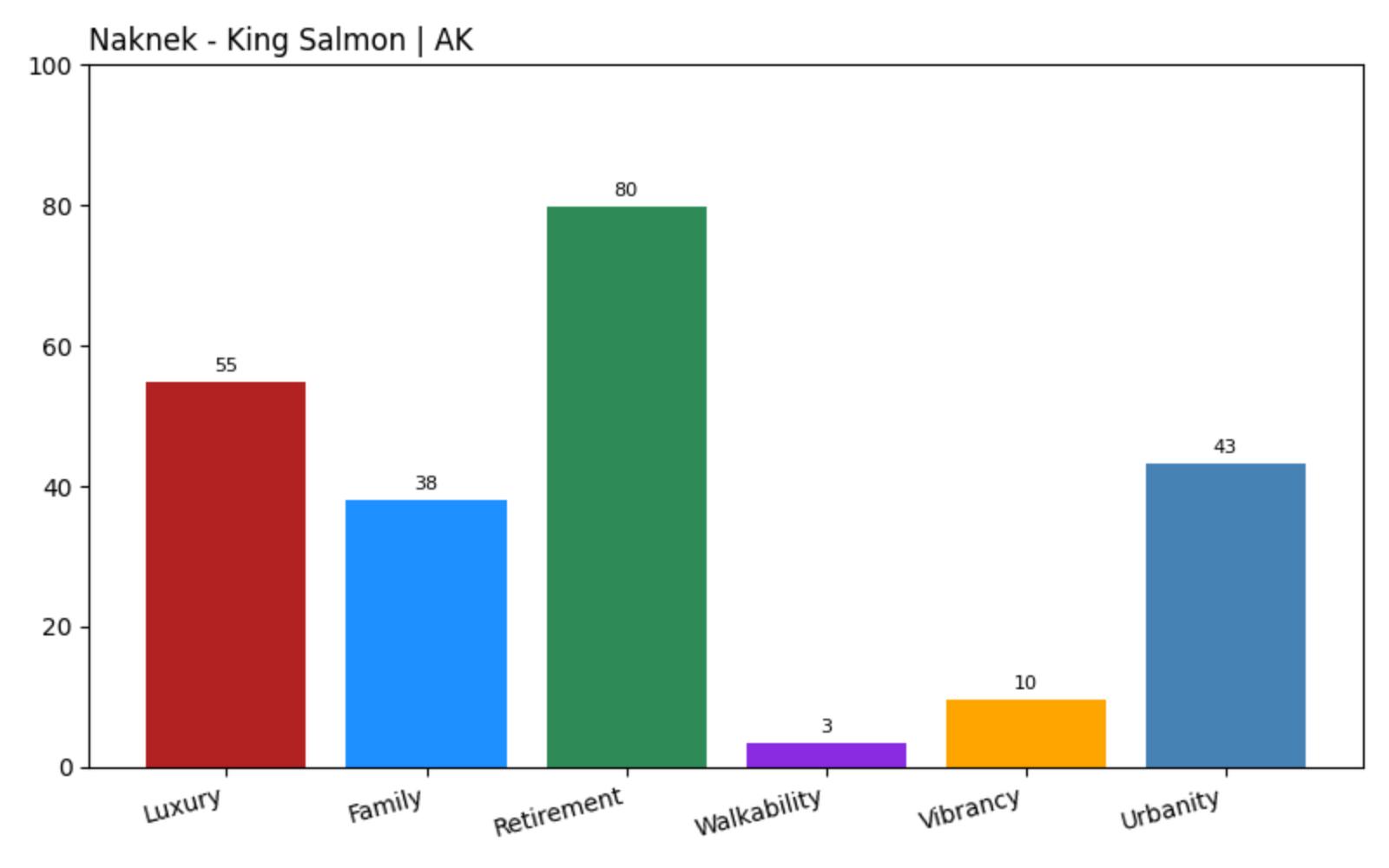
- Luxury Score: 54.91
- Family Friendliness: 38.11
- Retirement Friendliness: 79.85
- Walkability: 3.37
- Vibrancy: 9.59
- Urban Sophistication: 43.11
The retirement friendliness score is high, but the rest of the metrics point to a lackluster lifestyle. Unless you’re in town to work the summer rush, it’s tough to justify Naknek’s pricing and limited appeal.
16. Old Harbor – Quiet, Isolated, and Expensive
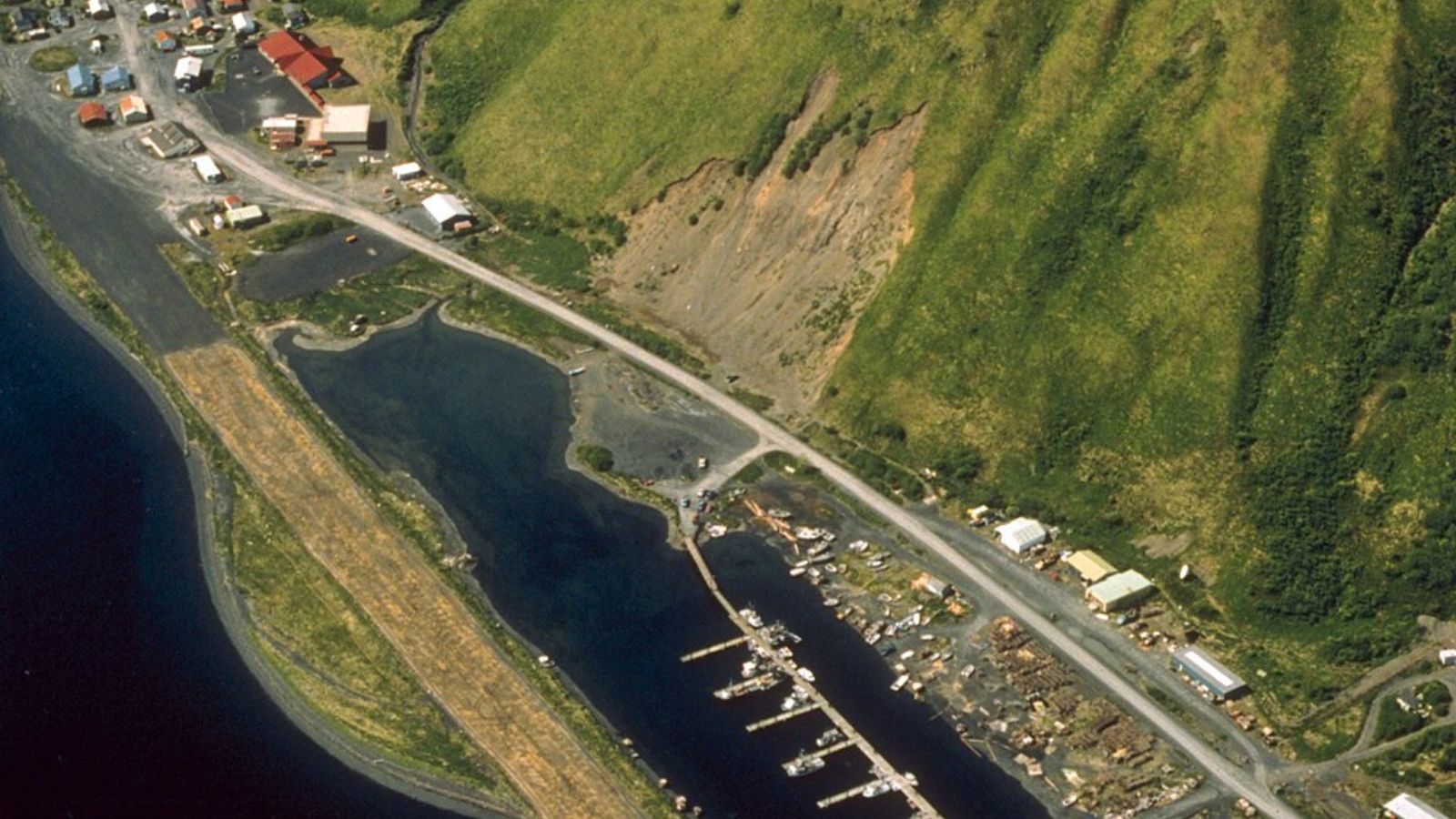
Located on Kodiak Island, Old Harbor is home to fewer than 300 people and accessible only by air or water. Its rich Indigenous history and peaceful setting appeal to a select few, but infrastructure is limited. Power outages, fuel costs, and access to basic services remain ongoing challenges.
While nature is stunning, daily life can feel anything but luxurious—especially when poor internet or winter weather cuts you off entirely.
Old Harbor – Luxury 54.98 vs. Lifestyle 36.41
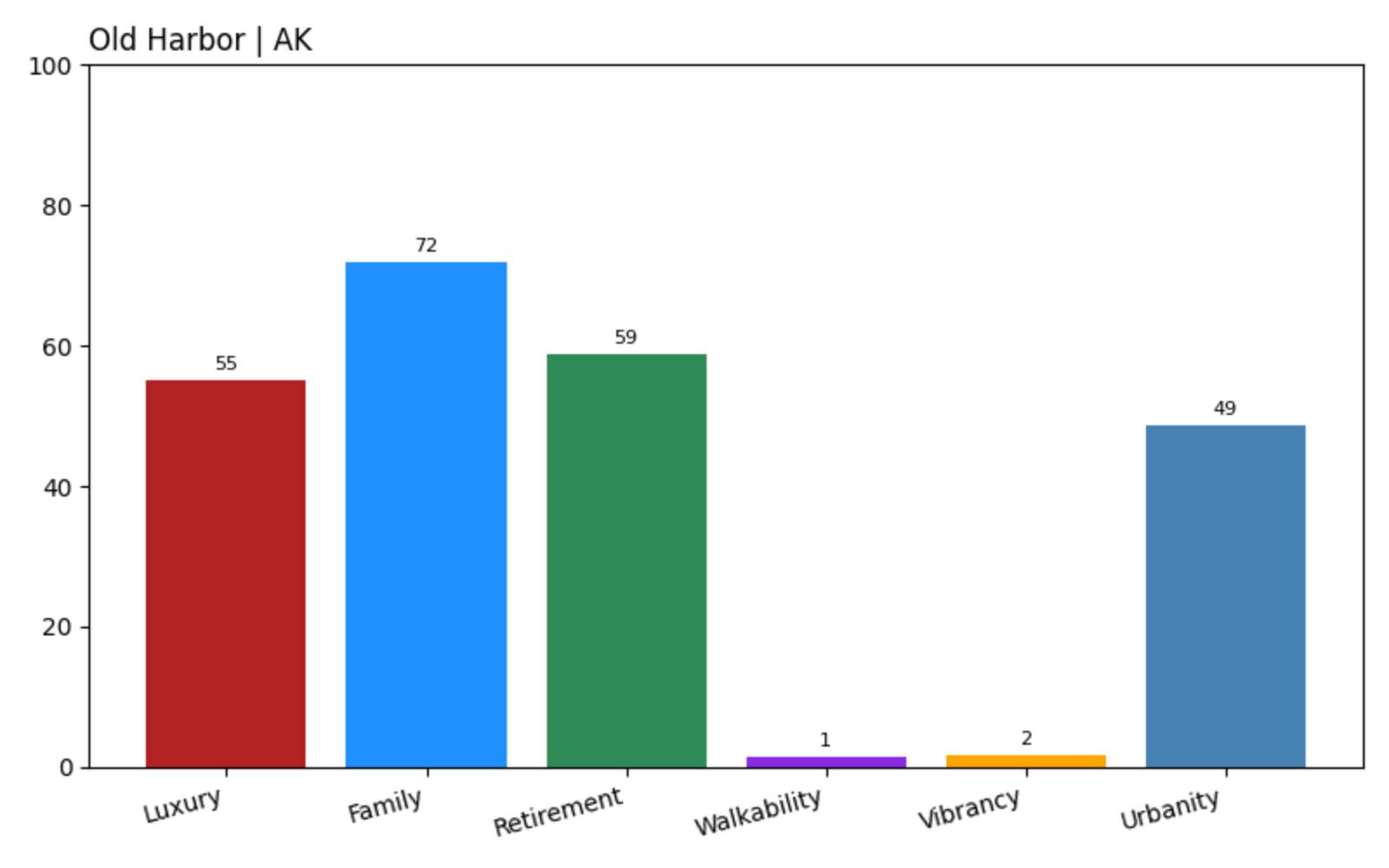
- Luxury Score: 54.98
- Family Friendliness: 71.83
- Retirement Friendliness: 58.69
- Walkability: 1.39
- Vibrancy: 1.61
- Urban Sophistication: 48.53
Despite solid family and retirement appeal, Old Harbor’s near-zero vibrancy and walkability ratings pull the lifestyle score down sharply. It may be peaceful, but it’s also costly, inconvenient, and disconnected.
15. Dillingham – Alaska Hub with Pricey Problems
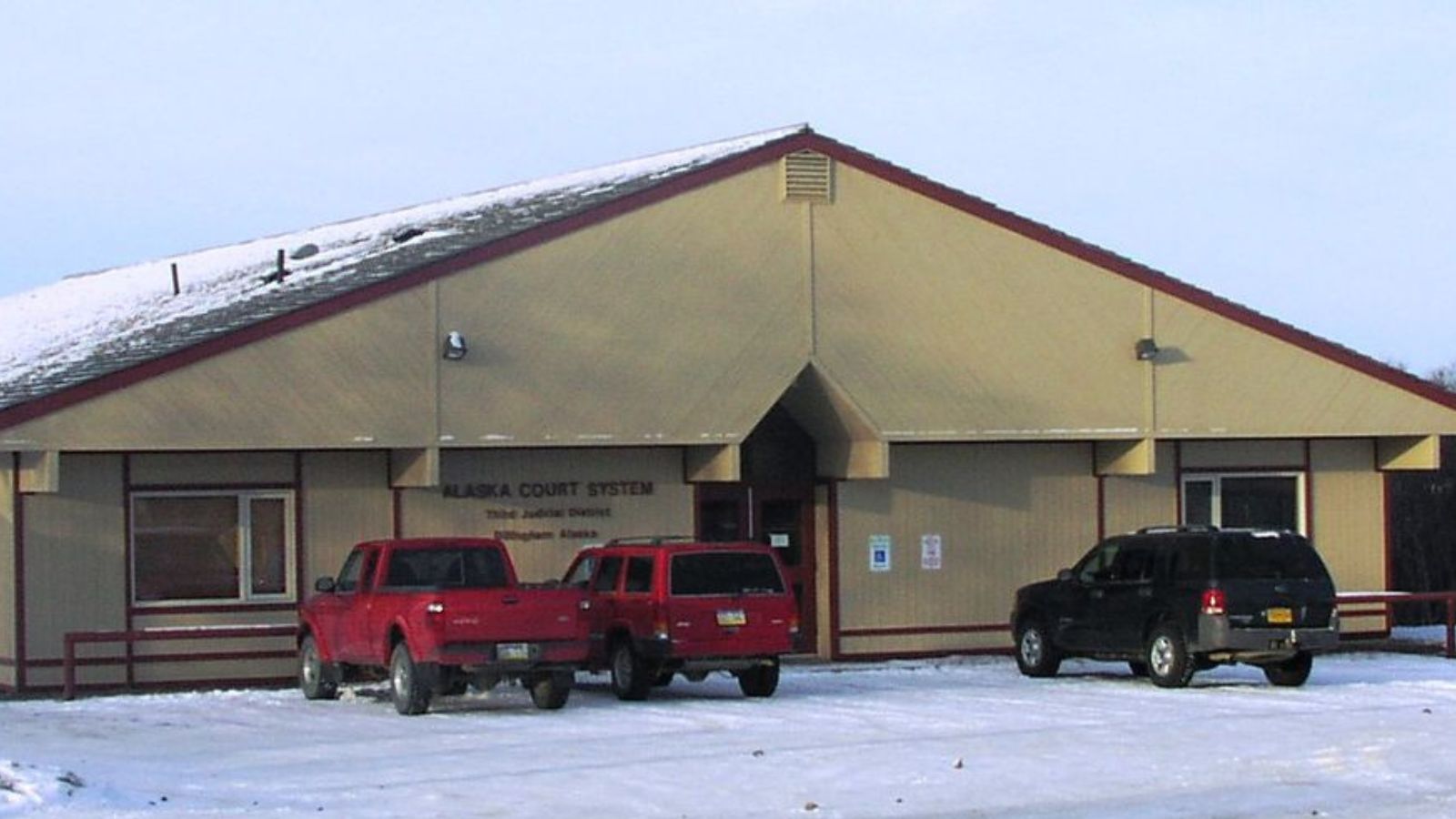
Dillingham is one of the more prominent communities in southwestern Alaska, serving as a service hub for surrounding villages. But that status doesn’t mean luxury living—housing remains basic, and local services are stretched thin. The town’s isolation also means steep import costs and limited variety in shops and services.
Buyers expecting more from a “regional hub” are often left disappointed by the mismatch between housing prices and everyday convenience.
Dillingham – Luxury 56.68 vs. Lifestyle 33.5
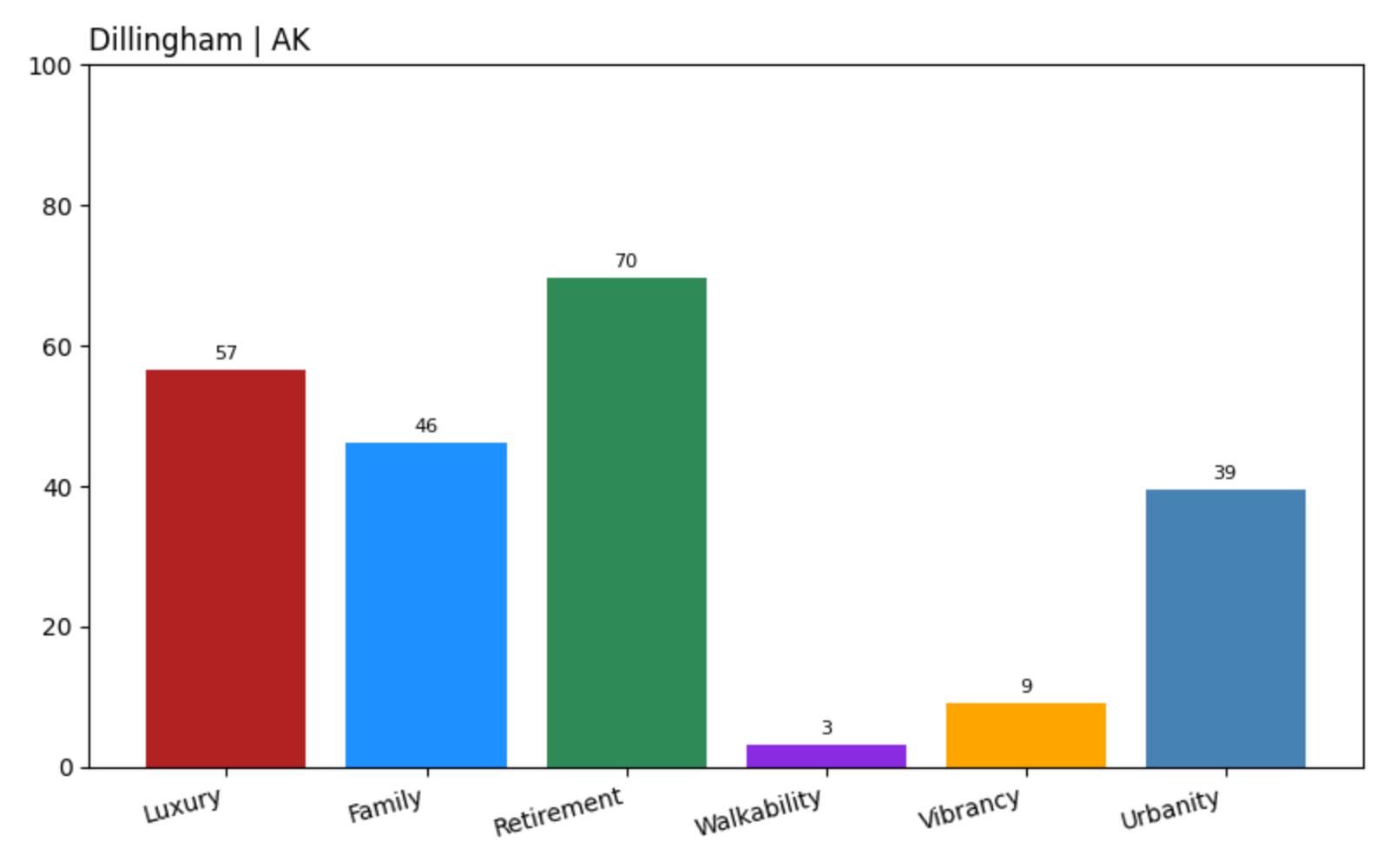
- Luxury Score: 56.68
- Family Friendliness: 46.28
- Retirement Friendliness: 69.62
- Walkability: 3.10
- Vibrancy: 9.05
- Urban Sophistication: 39.42
Dillingham’s appeal as a regional center is undercut by its poor walkability and limited vibrancy. For buyers looking for full-time livability, it doesn’t provide enough to justify the luxury-level pricing.
14. North Pole – Gimmick Over Quality
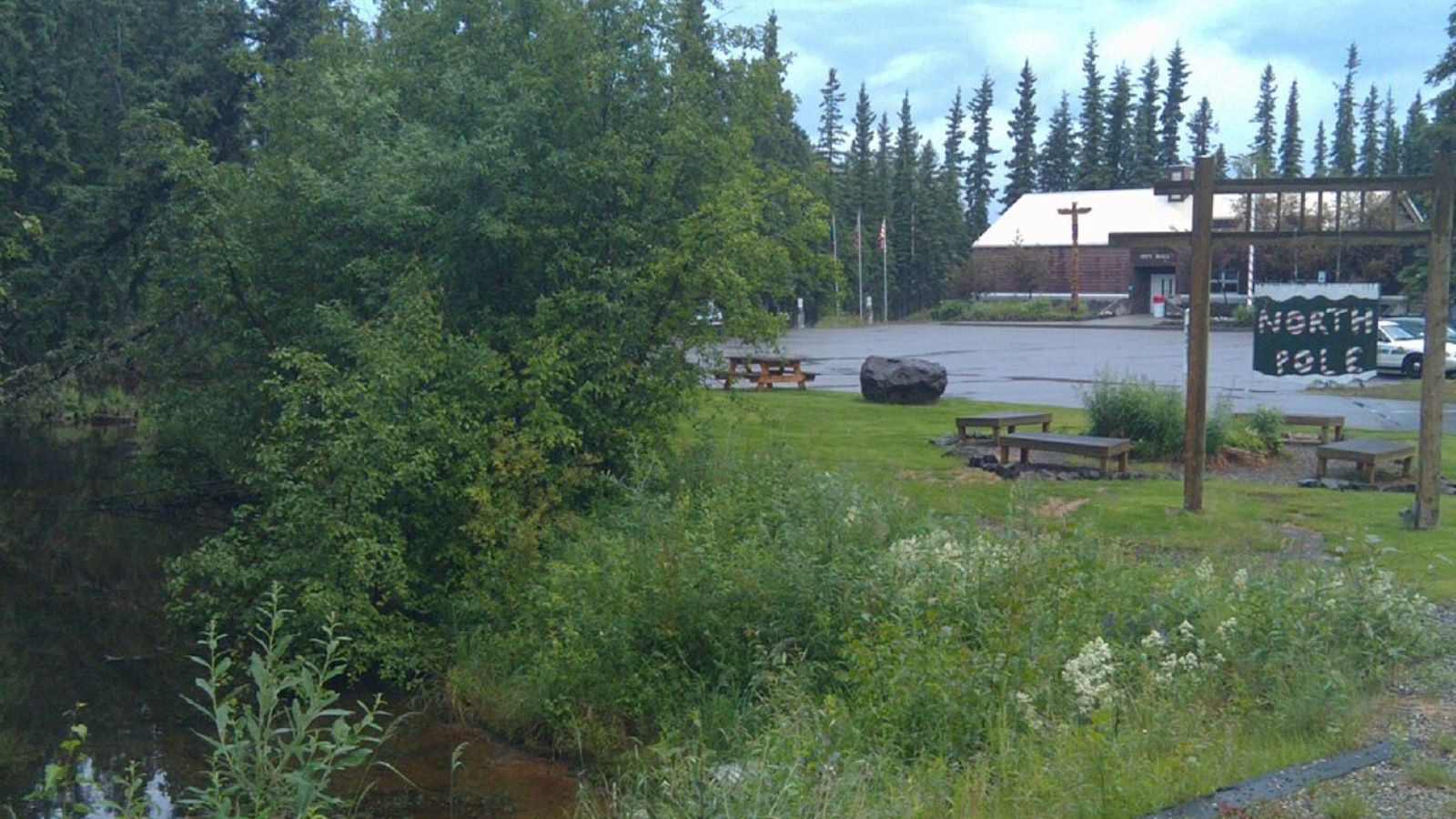
North Pole, Alaska leans heavily on holiday branding—with candy cane street lights and year-round Santa Claus tourism. But behind the kitsch, the town offers little in terms of infrastructure or walkable community spaces. It’s primarily a commuter town for nearby Fairbanks, with few of its own amenities.
The appeal wears thin quickly for residents paying above-average housing prices without access to the kind of vibrant, connected lifestyle often expected at this price point.
North Pole – Luxury 51.94 vs. Lifestyle 35.49
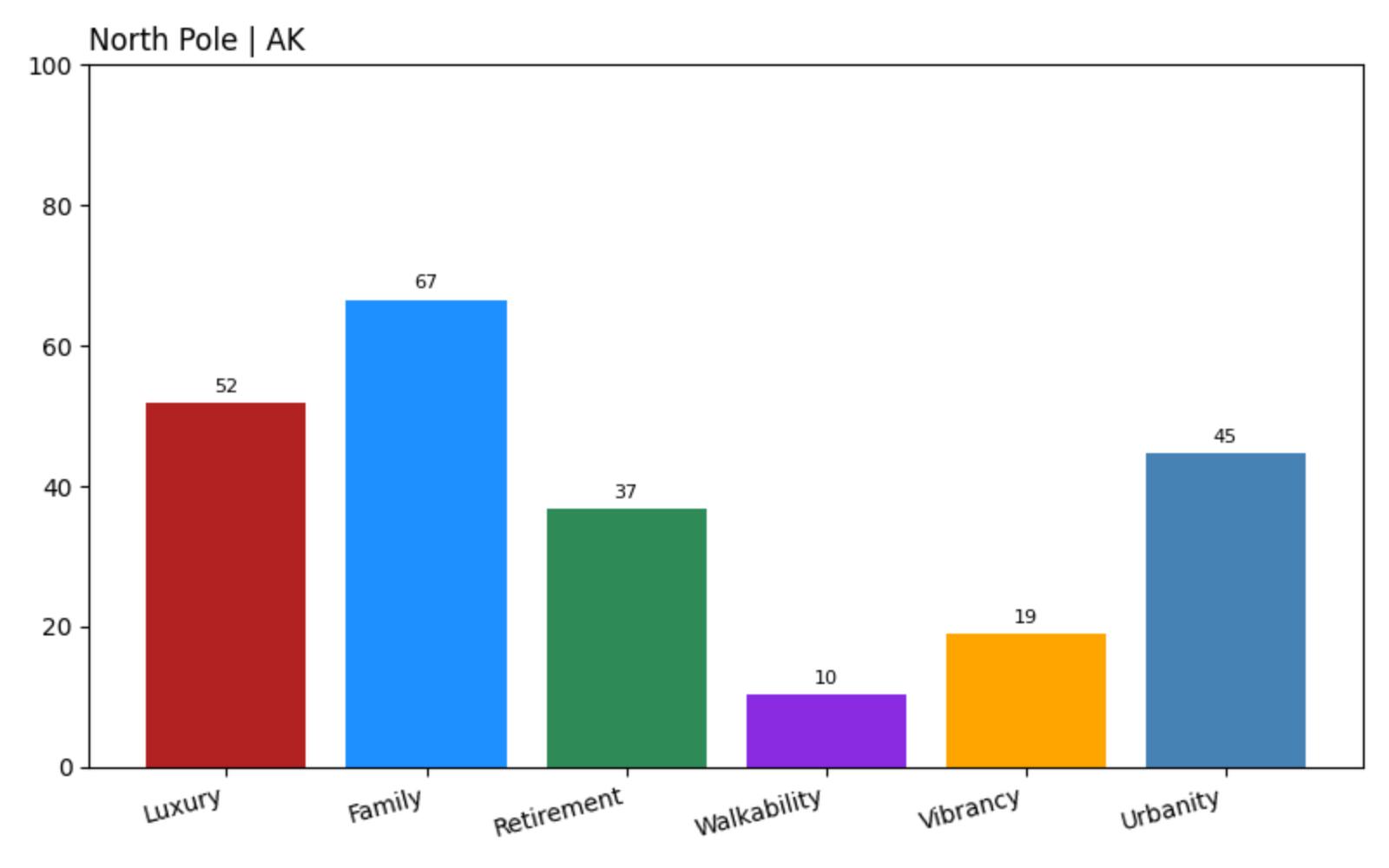
- Luxury Score: 51.94
- Family Friendliness: 66.57
- Retirement Friendliness: 36.78
- Walkability: 10.37
- Vibrancy: 18.93
- Urban Sophistication: 44.79
North Pole scores well on family friendliness, but that doesn’t make up for low walkability and a lack of local services. The lifestyle just doesn’t live up to the festive branding or the rising home prices.
13. Glennallen – Highway Stop, Not a Destination
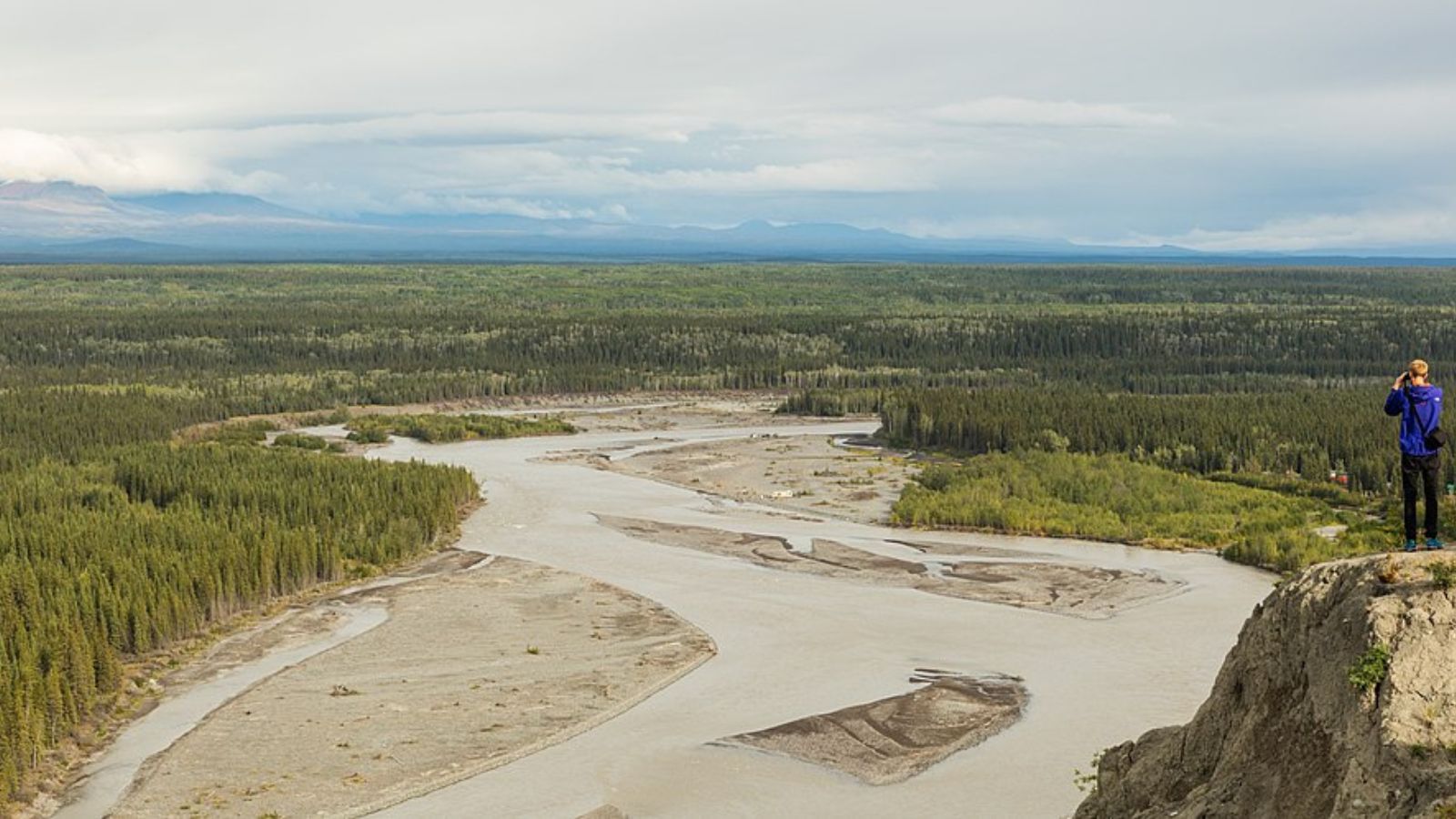
Glennallen is a small crossroads town at the intersection of the Richardson and Glenn Highways. It serves as a jumping-off point for Wrangell-St. Elias National Park, but it’s not designed for daily luxury. Services are sparse, and the long winters mean isolation is part of life here.
Buyers attracted to its central location often overlook the basic reality: Glennallen is more pit stop than polished community, and the cost of living still runs high due to its remote supply chain.
Glennallen – Luxury 51.33 vs. Lifestyle 36.05
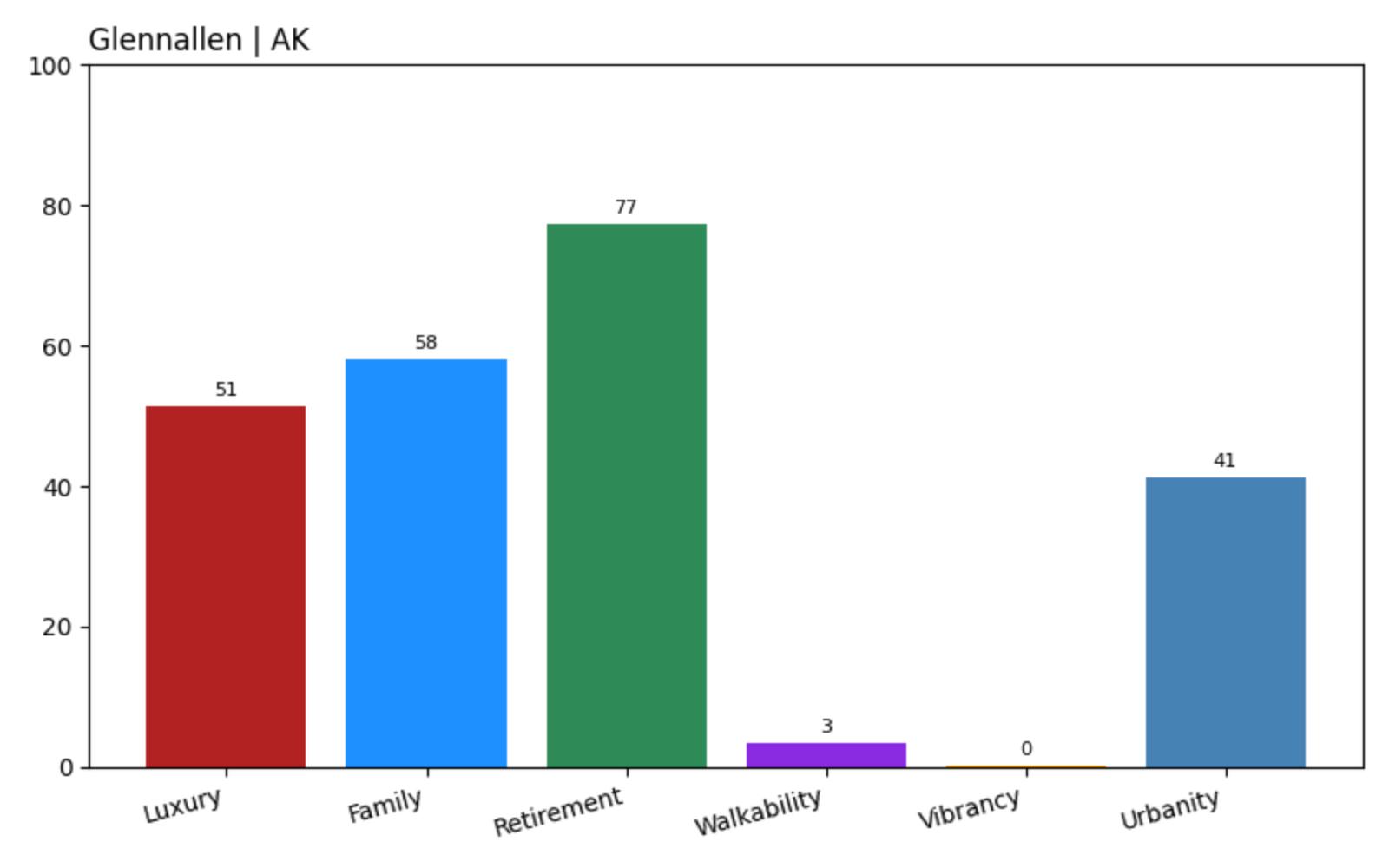
- Luxury Score: 51.33
- Family Friendliness: 58.13
- Retirement Friendliness: 77.32
- Walkability: 3.36
- Vibrancy: 0.24
- Urban Sophistication: 41.20
Glennallen’s low walkability and almost nonexistent vibrancy highlight how little there is to do without a car. For a place with luxury pricing, the lifestyle it delivers feels bare-bones.
12. Seward – Cruise Ships, Not Community
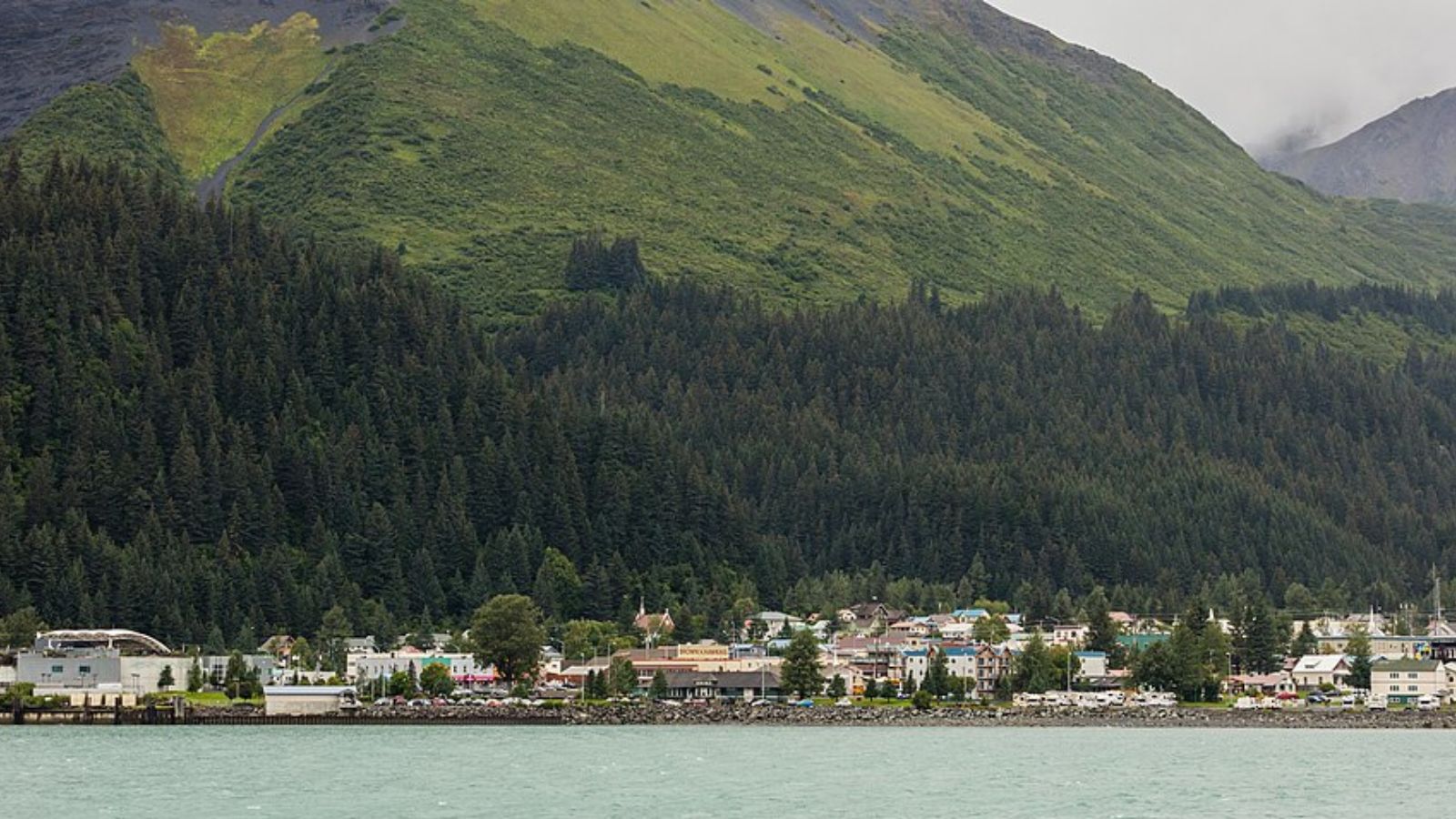
Seward draws thousands of tourists every summer with its harbor, cruise ships, and access to Kenai Fjords National Park. But those short bursts of excitement fade fast for locals who live there year-round. Winter shuts down most activity, and services scale back heavily in the off-season.
For buyers, the cost of living is steep relative to what the town offers once the ships leave. It’s scenic, but it doesn’t deliver a year-round luxury lifestyle.
Seward – Luxury 58.7 vs. Lifestyle 38.13
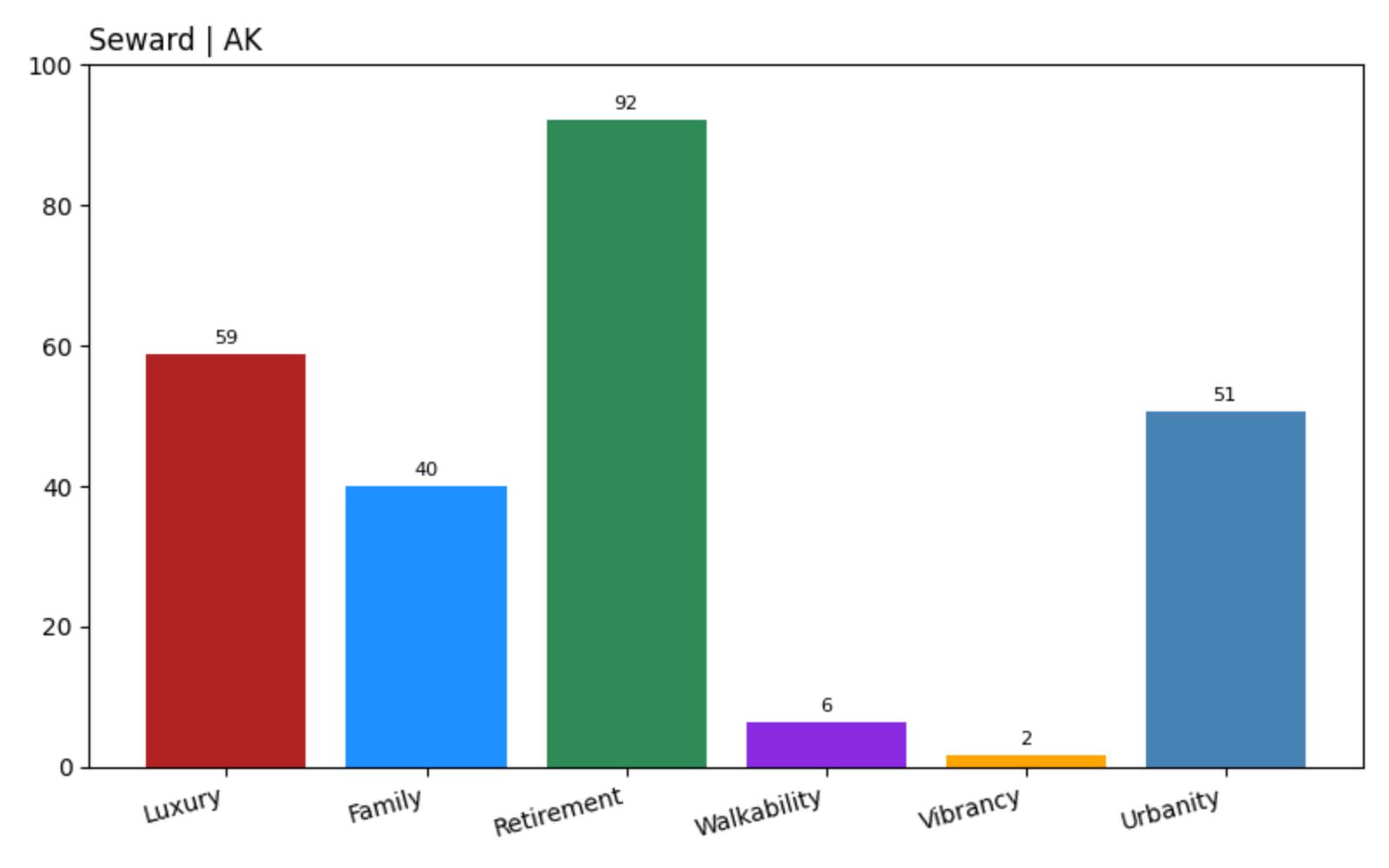
- Luxury Score: 58.7
- Family Friendliness: 40.00
- Retirement Friendliness: 92.13
- Walkability: 6.34
- Vibrancy: 1.61
- Urban Sophistication: 50.56
Seward’s strong retirement appeal doesn’t offset the weak vibrancy and walkability scores. For most residents, it’s a town that comes alive for visitors—then shuts down when it counts.
11. Sterling – High-End Homes, Low Everyday Value
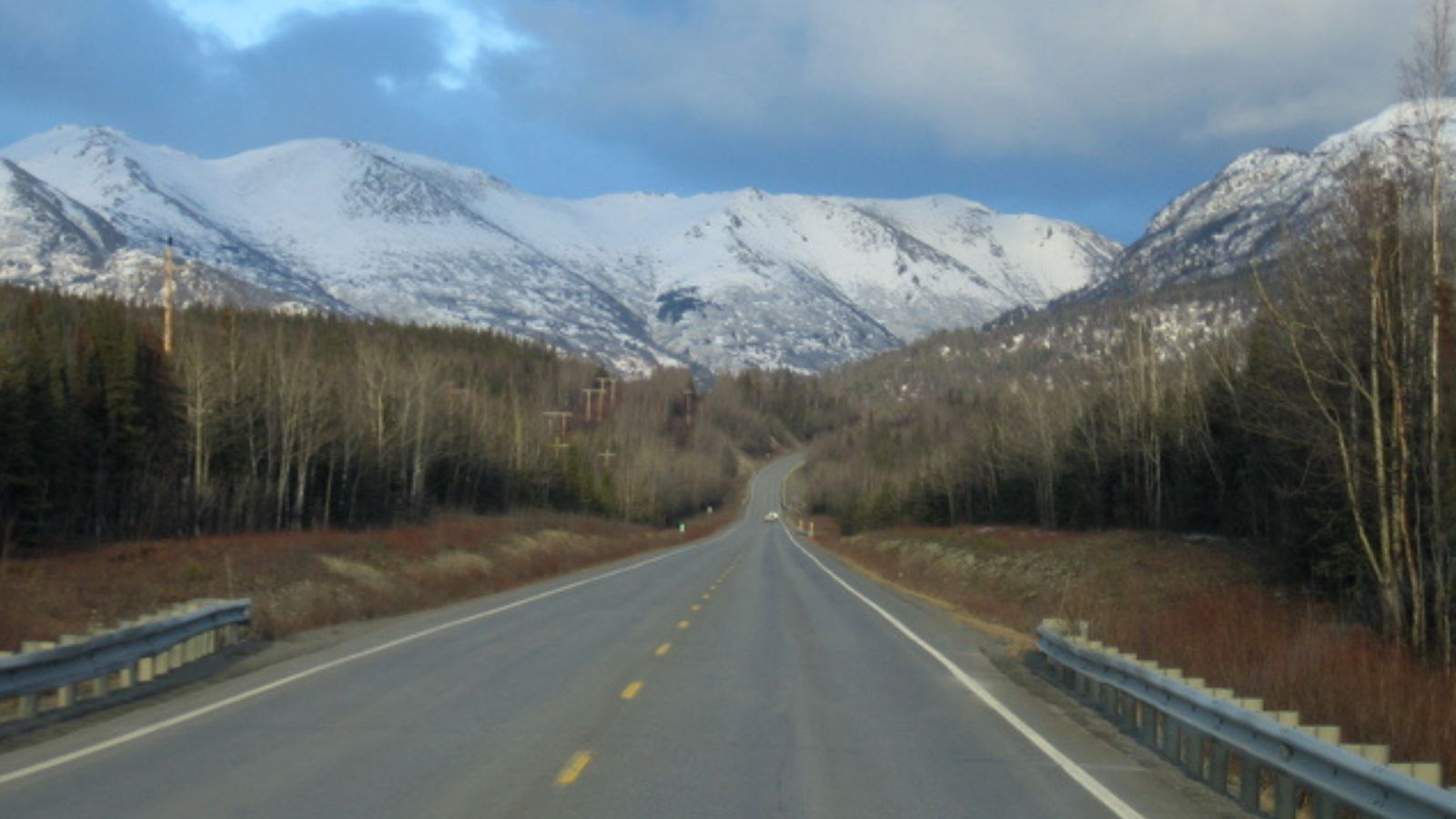
Located on the Kenai Peninsula, Sterling has become popular for newer builds and large lots. But despite the upscale housing, the town lacks a central hub, and services are spread thin. Locals often drive to Soldotna for groceries, dining, or basic healthcare.
Sterling’s peaceful setting is nice—but not unique enough to justify prices that keep climbing while lifestyle perks stay flat.
Sterling – Luxury 59.32 vs. Lifestyle 40.63
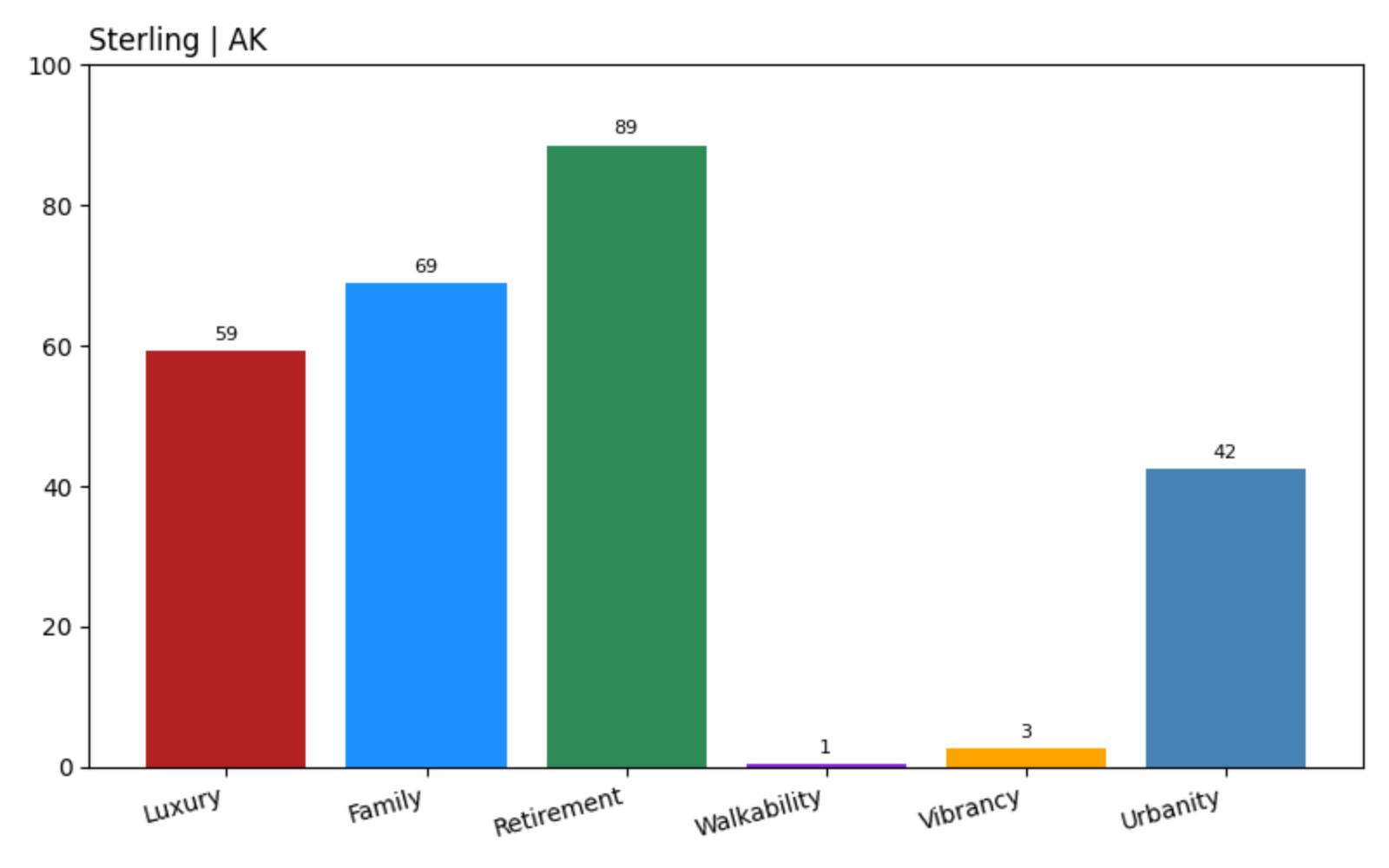
- Luxury Score: 59.32
- Family Friendliness: 68.87
- Retirement Friendliness: 88.58
- Walkability: 0.51
- Vibrancy: 2.77
- Urban Sophistication: 42.41
Strong retirement and family friendliness aside, Sterling’s near-zero walkability and vibrancy make the high-end real estate prices feel inflated for what’s actually on offer day to day.
10. Hyder – Bare Bones in the Far Southeast
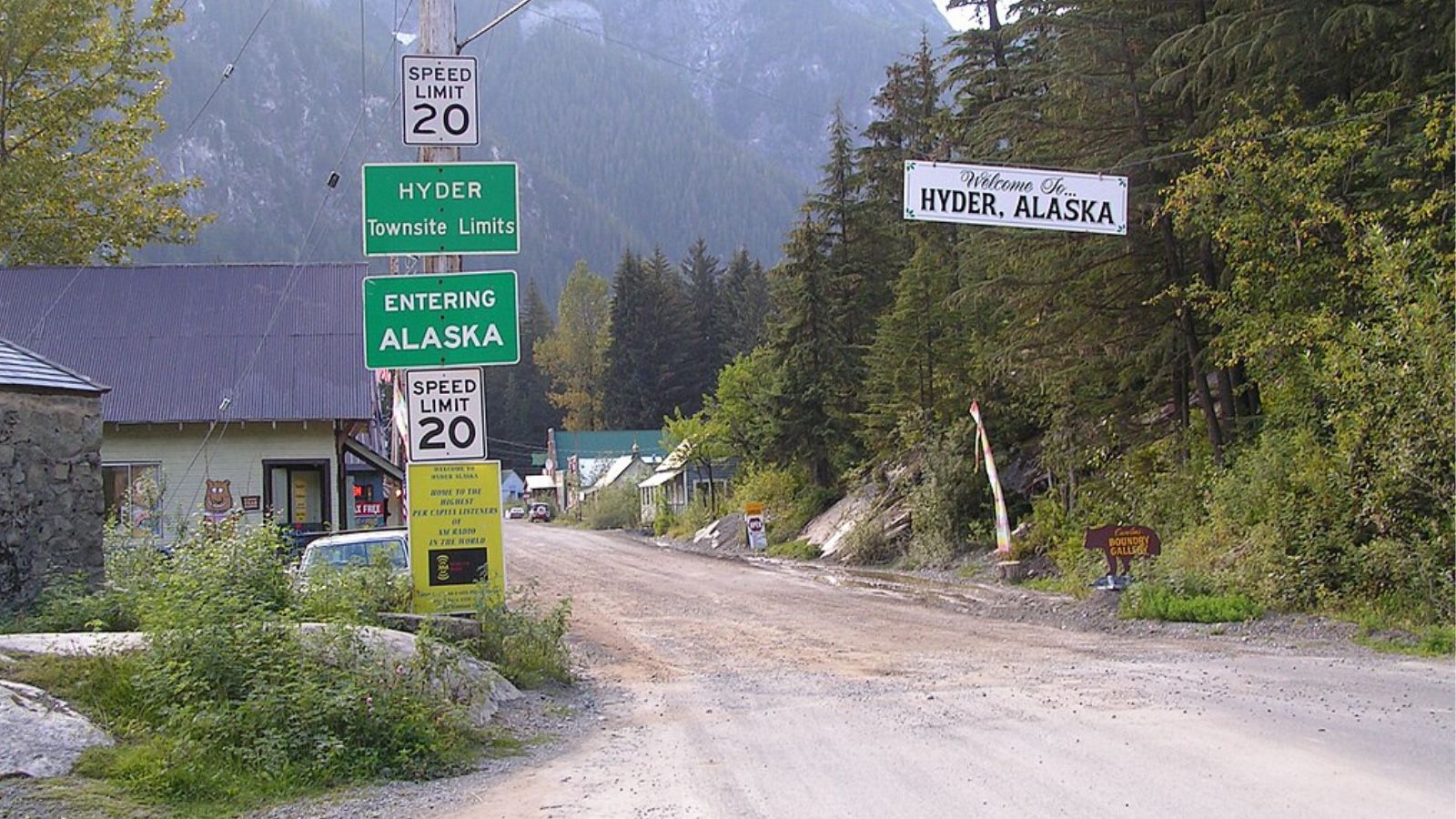
Hyder is technically connected to Canada but not much else. It has no school, no police department, and no hospital. Residents often cross the border to Stewart, BC for basic services—making everyday life reliant on a different country’s infrastructure.
Real estate listings may look cheap, but they don’t reflect the lack of utilities, services, and local amenities. Buyers looking for even basic community support will likely be disappointed.
Hyder – Luxury 60.7 vs. Lifestyle 40.38
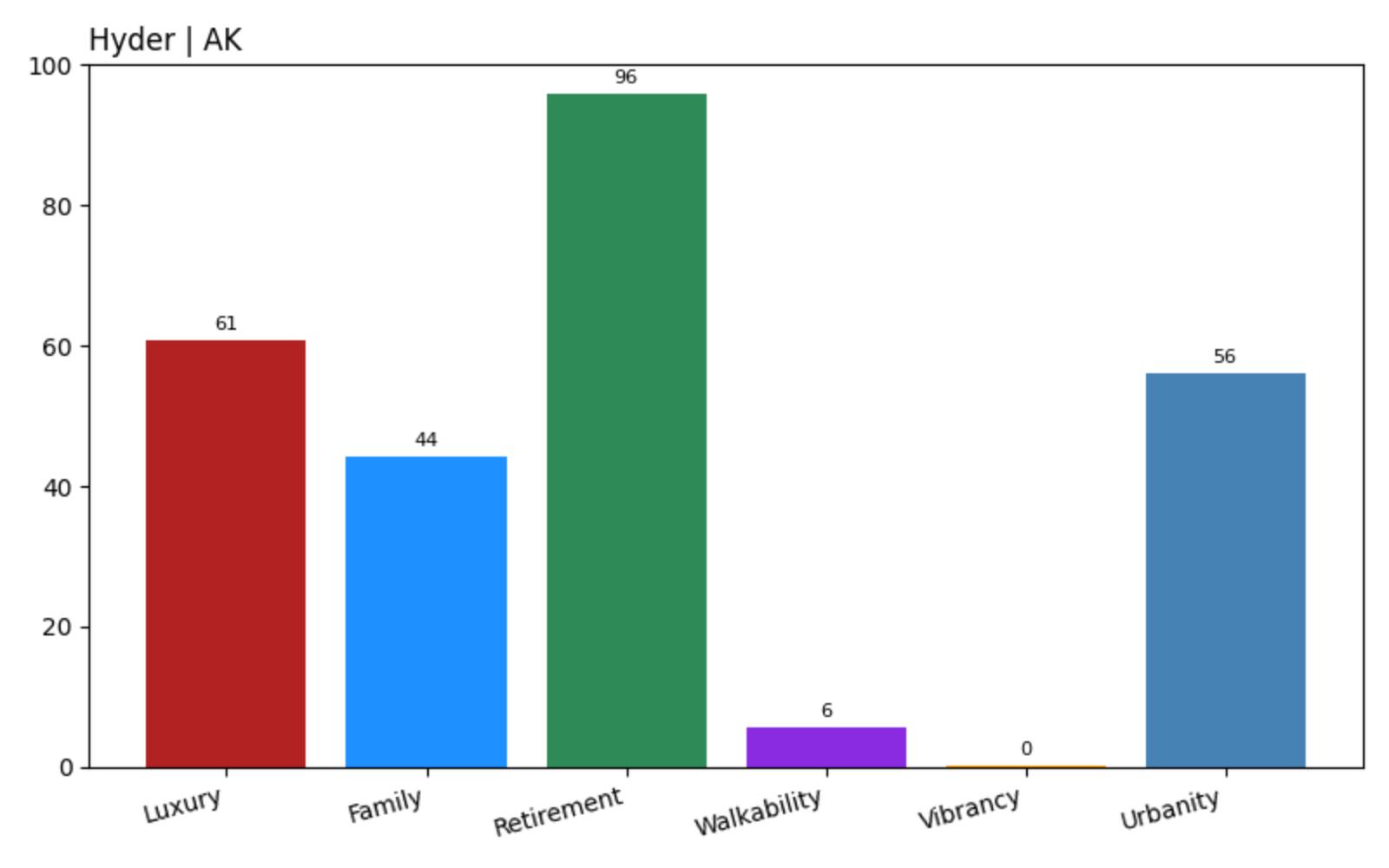
- Luxury Score: 60.7
- Family Friendliness: 44.12
- Retirement Friendliness: 95.83
- Walkability: 5.60
- Vibrancy: 0.19
- Urban Sophistication: 56.15
Despite its peaceful retirement potential, Hyder’s near-zero vibrancy score and lack of basic infrastructure make it a poor choice for most buyers—especially at luxury-level prices.
9. Valdez – Scenic, but Isolated and Slow
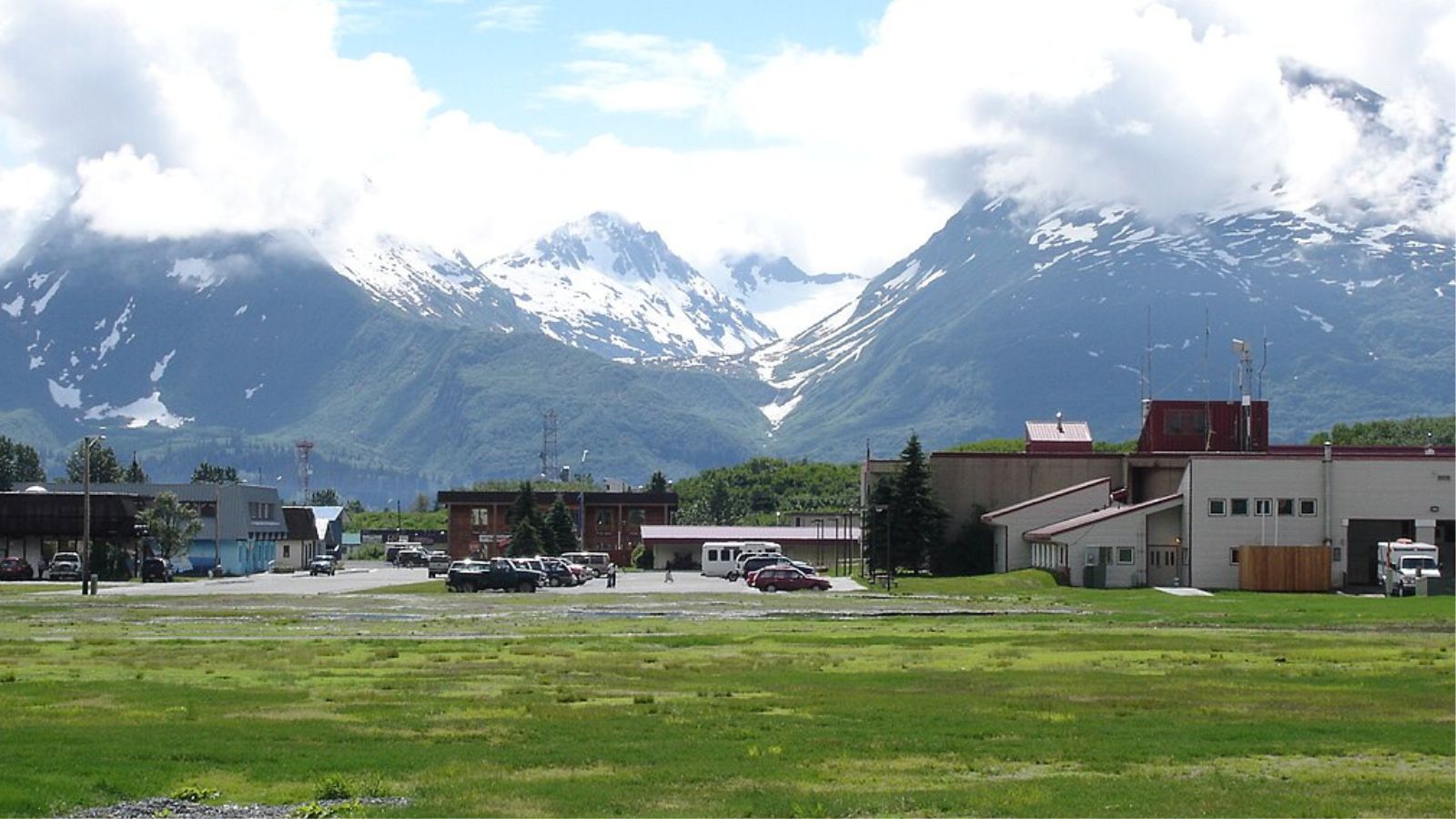
Valdez offers dramatic mountain views and deep-water access, but its remote location makes it a tough place to live full time. Long winters and limited services mean residents often rely on expensive air freight or seasonal roads. Despite its postcard-worthy setting, the pace of life is slow, and amenities are thin.
It feels more like a seasonal destination than a true luxury community, which makes the rising property prices hard to justify for everyday buyers who need year-round access to modern conveniences.
Valdez – Whittier – Luxury 62.5 vs. Lifestyle 38.02
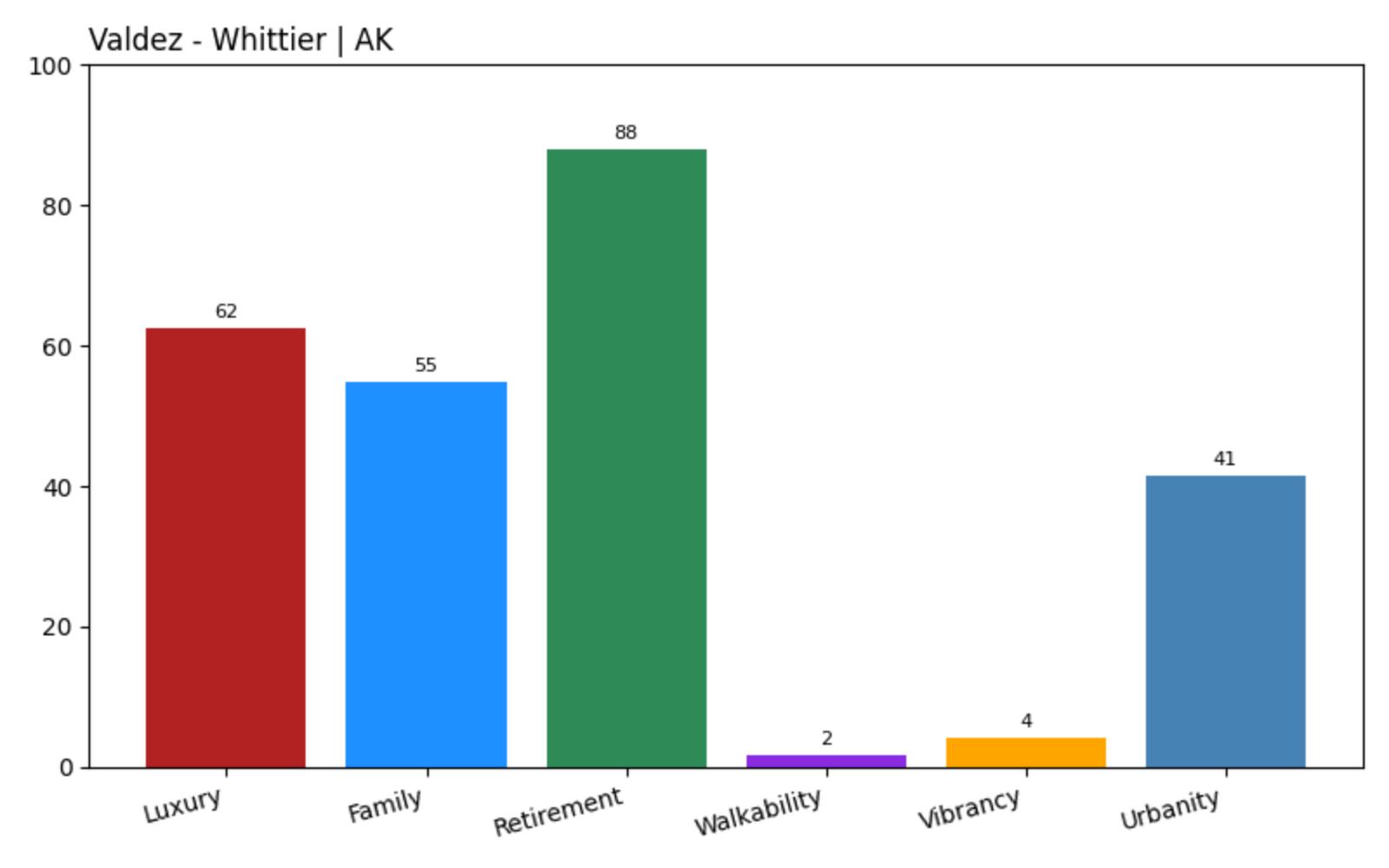
- Luxury Score: 62.5
- Family Friendliness: 54.87
- Retirement Friendliness: 87.94
- Walkability: 1.72
- Vibrancy: 4.13
- Urban Sophistication: 41.42
Retirement and family scores suggest potential, but extremely low walkability and vibrancy numbers hold Valdez back. The cost of living doesn’t line up with the limited lifestyle benefits.
8. Palmer – Growing Pains Without the Payoff
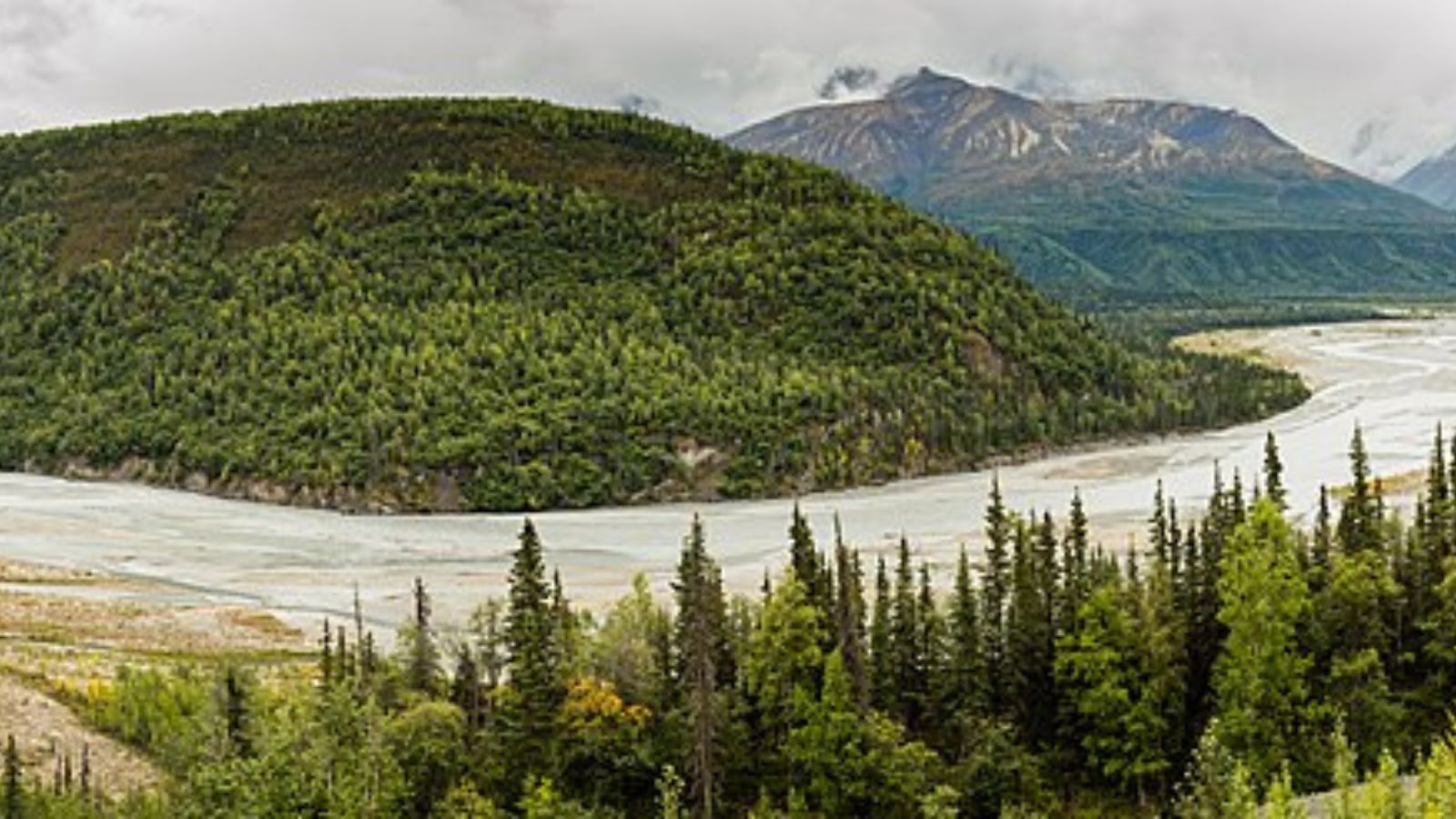
Palmer has been one of Alaska’s fastest-growing towns, with new developments and rising home prices. But infrastructure hasn’t always kept up. Congestion, long commutes, and a lack of local services beyond the basics have started to frustrate residents.
It’s caught between being a bedroom community for Anchorage and a rural holdover—with neither identity delivering the lifestyle many buyers expect at current price levels.
Palmer – Luxury 60.36 vs. Lifestyle 45.6
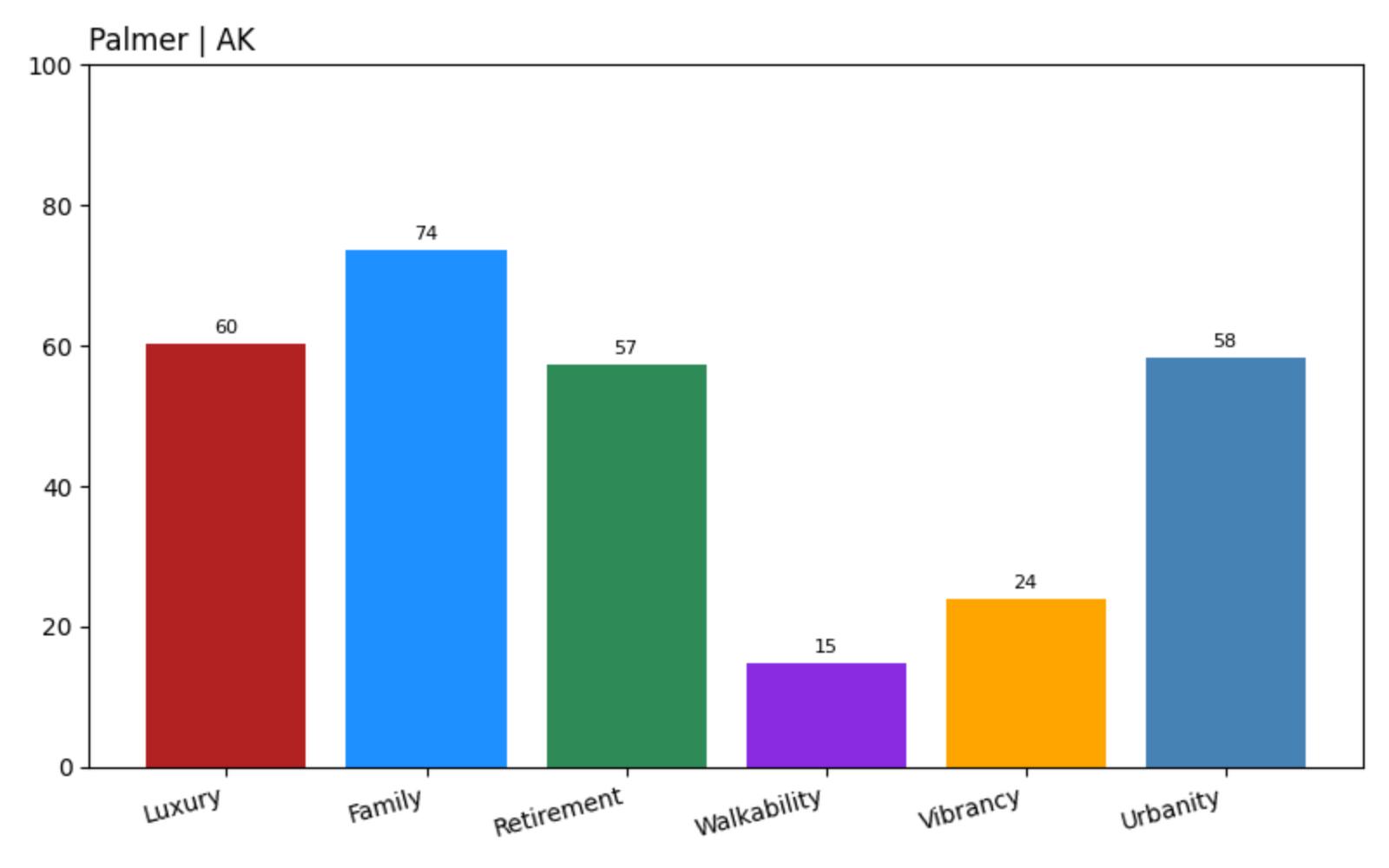
- Luxury Score: 60.36
- Family Friendliness: 73.64
- Retirement Friendliness: 57.32
- Walkability: 14.80
- Vibrancy: 24.03
- Urban Sophistication: 58.20
Palmer’s family appeal is clear, but middling walkability and low vibrancy drag down its overall value. Rising housing costs outpace the lifestyle benefits, especially for buyers hoping for more excitement or convenience.
7. Juneau – Capital City, Subpar Experience
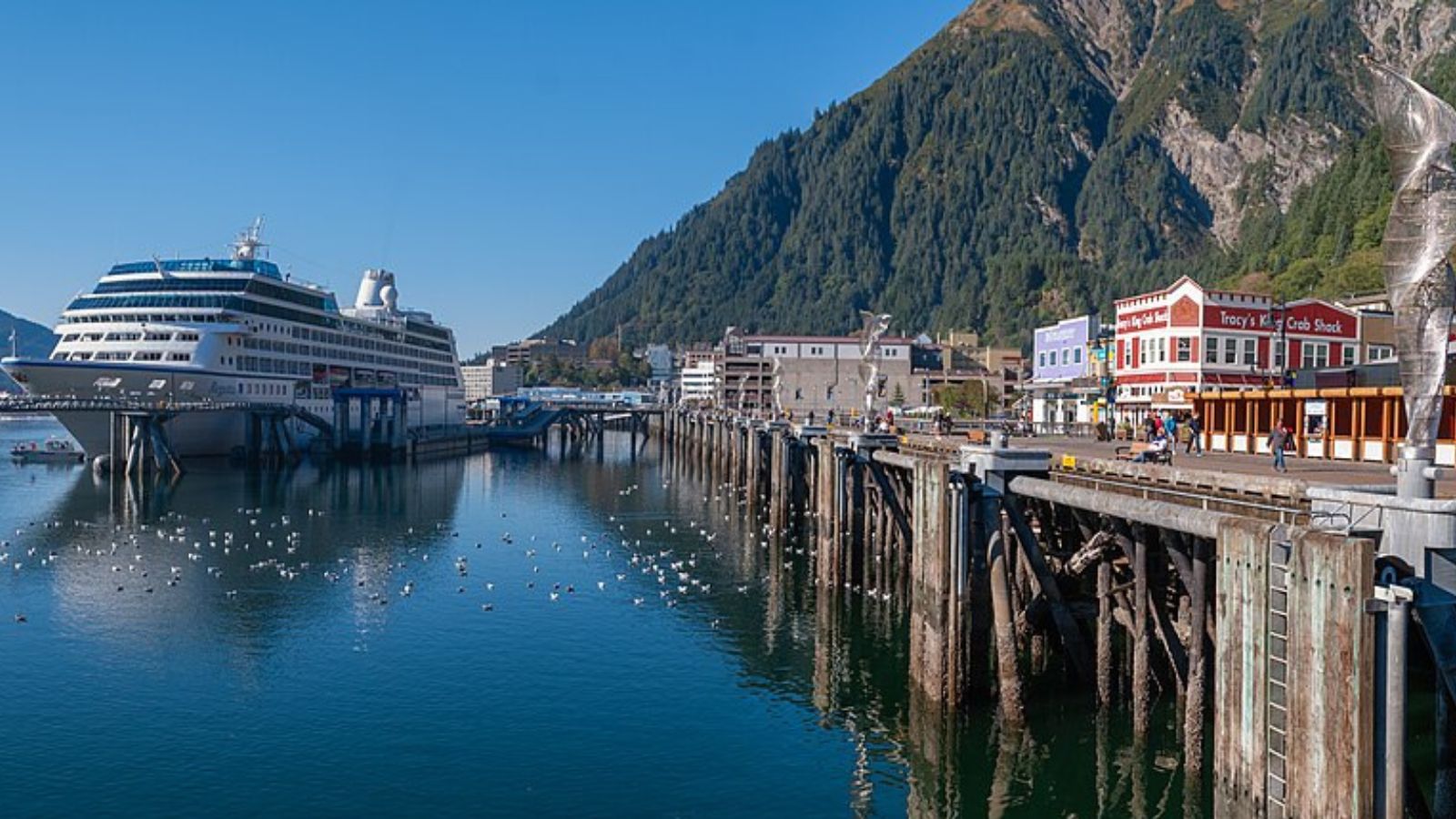
Alaska’s capital, Juneau, sits in a scenic fjord and boasts government jobs and cruise ship traffic. But it’s landlocked—accessible only by boat or plane—and that isolation adds to the cost of nearly everything. Winters can feel especially cut off, and housing prices remain high due to limited land and high demand.
Despite being a capital city, Juneau struggles to offer the vibrancy and convenience of urban life. For those expecting luxury at this price point, the experience can be a letdown.
Juneau – Luxury 67.49 vs. Lifestyle 41.19
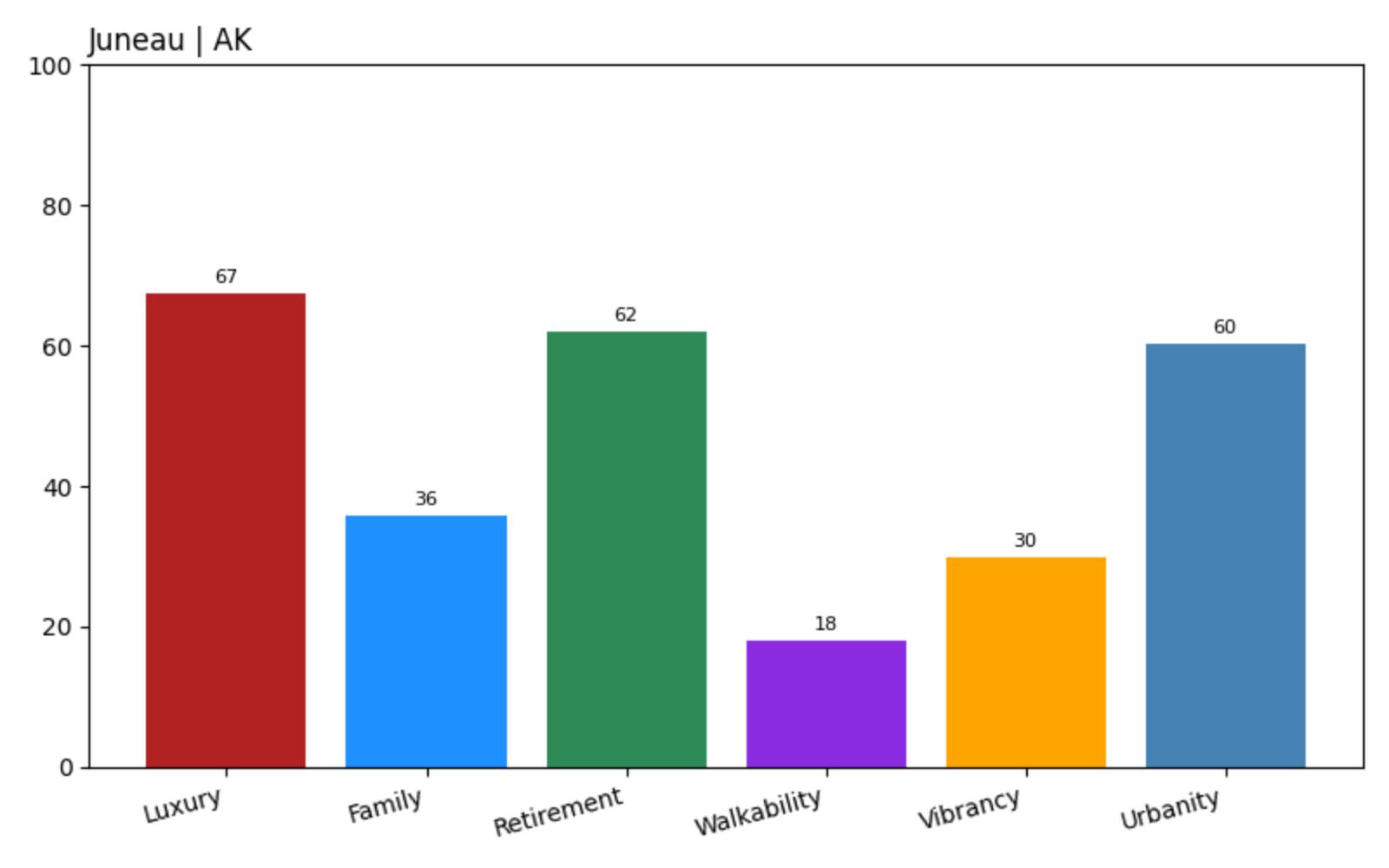
- Luxury Score: 67.49
- Family Friendliness: 35.82
- Retirement Friendliness: 62.03
- Walkability: 17.88
- Vibrancy: 29.84
- Urban Sophistication: 60.38
Juneau scores well for urban sophistication but falls short on family and convenience metrics. It offers a polished surface—but the lifestyle doesn’t deliver the comfort or value its housing prices suggest.
6. Ester – Quirky Charm, Pricey Reality
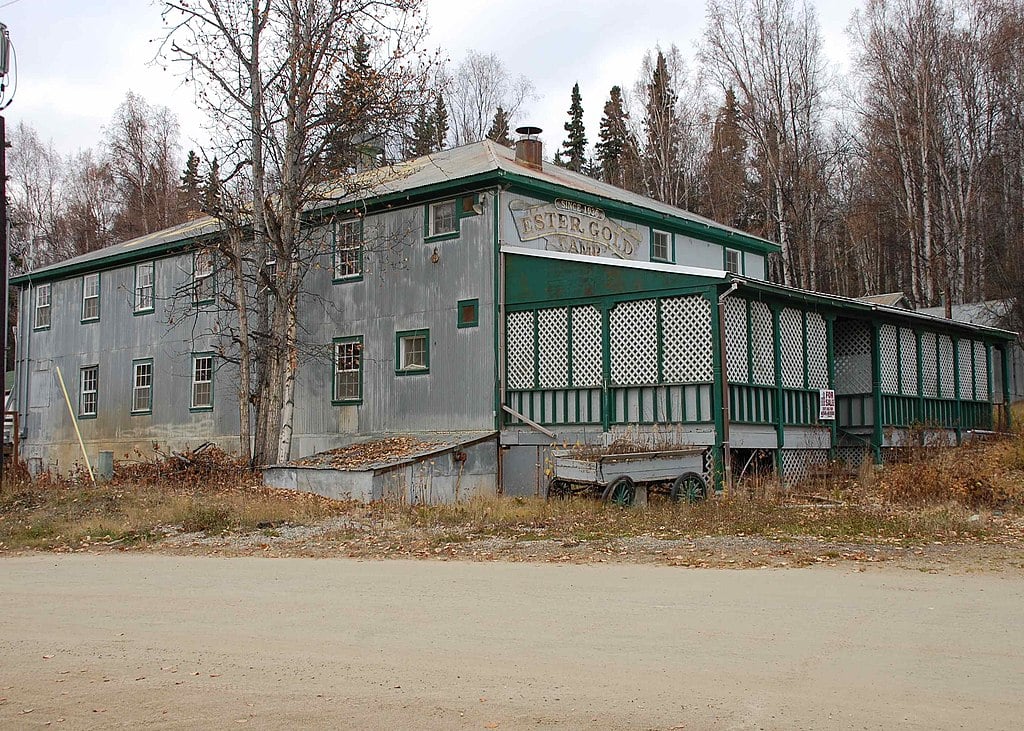
Ester, just outside Fairbanks, is known for its offbeat personality, with a history of gold mining and an artsy, alternative community vibe. But that charm masks some real drawbacks—especially for full-time residents. Services are limited, roads aren’t always maintained, and the town lacks basic amenities.
The lifestyle is rural and self-reliant, but for the prices now being asked in the area, many buyers expect more structure, not just character.
Ester – Luxury 69.61 vs. Lifestyle 35.18
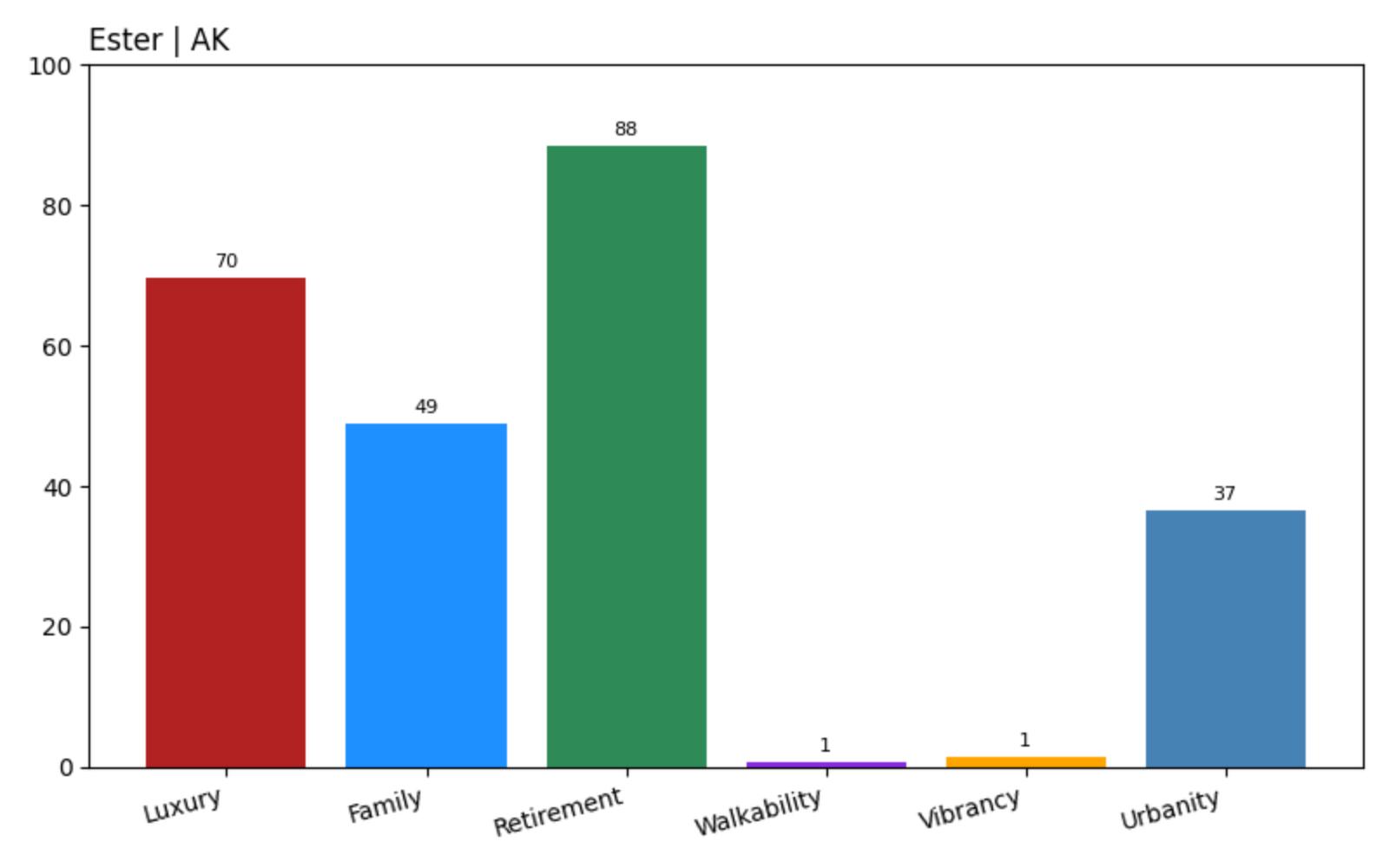
- Luxury Score: 69.61
- Family Friendliness: 48.90
- Retirement Friendliness: 88.47
- Walkability: 0.61
- Vibrancy: 1.38
- Urban Sophistication: 36.53
While it’s an interesting community, Ester’s vibrancy and walkability are extremely low. For those seeking a well-rounded lifestyle, the rising prices simply don’t match the experience.
5. Nome – Frontier Spirit, Frustrating Gaps
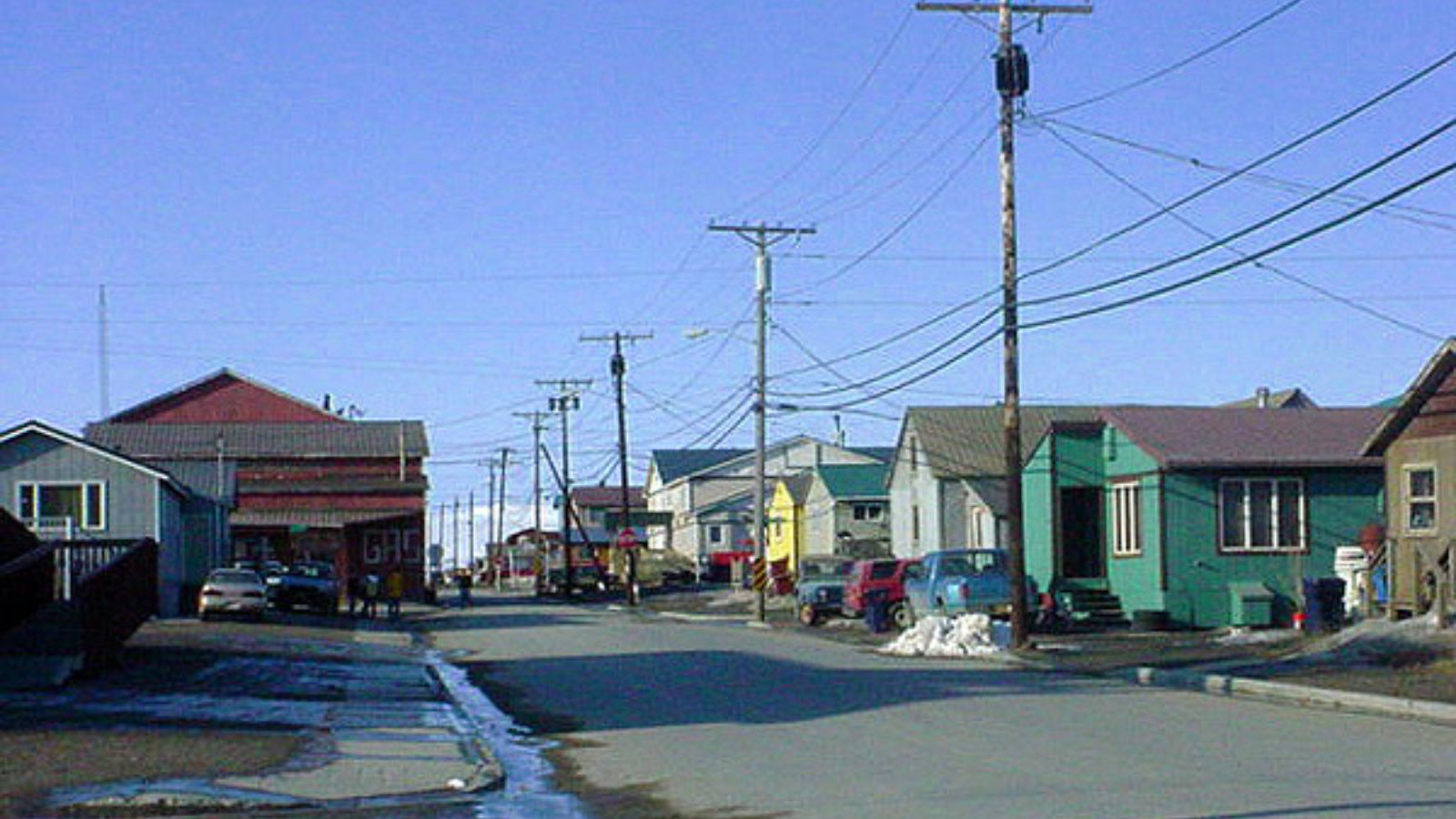
Nome is famous for its gold rush roots and position as the finish line of the Iditarod sled dog race. But despite its unique history, daily life remains tough. There’s no road access to the rest of Alaska, and prices for everything from milk to medicine are among the highest in the state.
There’s local pride and cultural richness here—but for most buyers, especially those looking for comfort and ease, the value just isn’t there.
Nome – Luxury 61.51 vs. Lifestyle 29.44
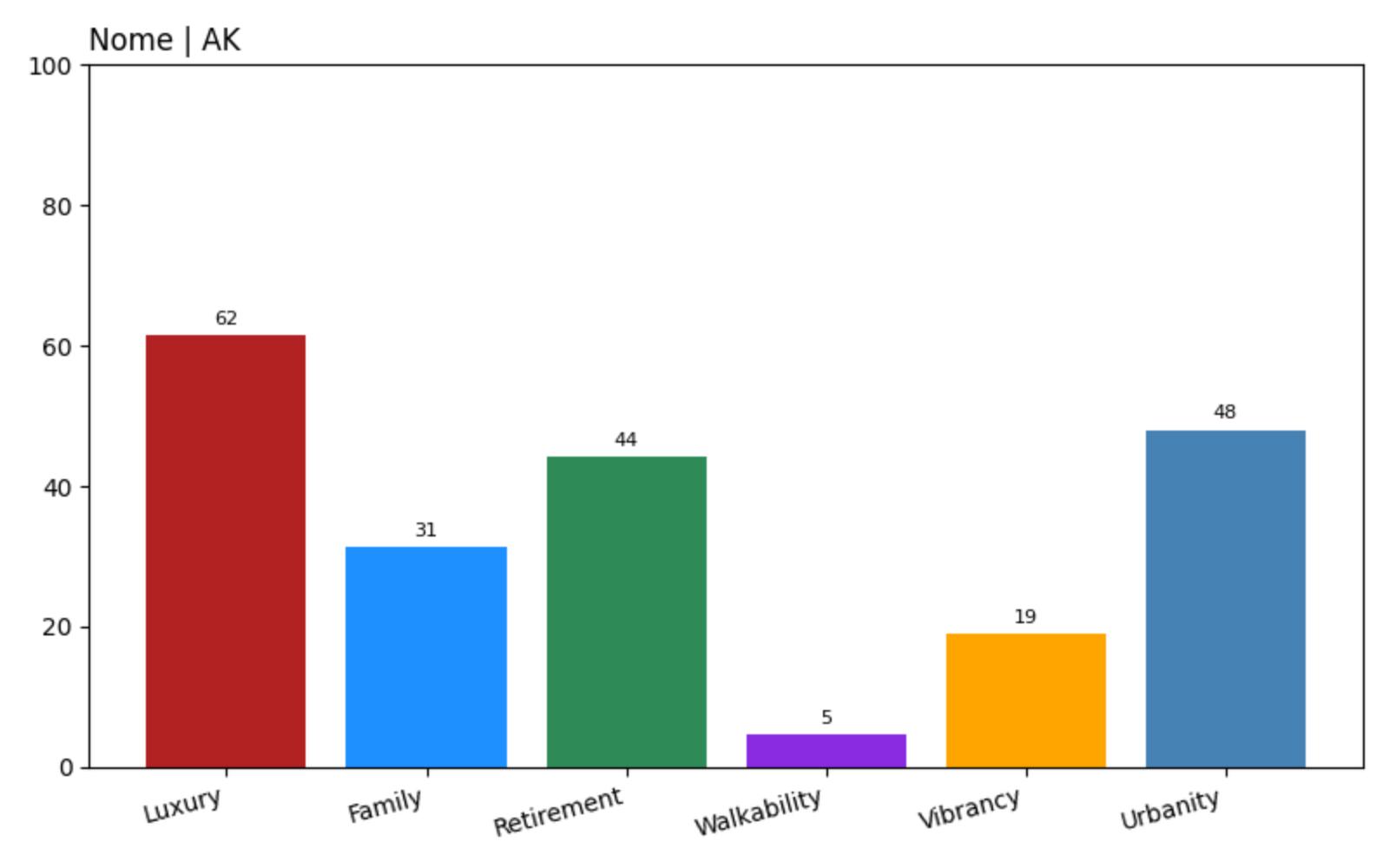
- Luxury Score: 61.51
- Family Friendliness: 31.24
- Retirement Friendliness: 44.19
- Walkability: 4.71
- Vibrancy: 19.00
- Urban Sophistication: 48.03
Nome’s deep cultural roots are clear, but its low lifestyle score reflects real logistical and quality-of-life challenges. It’s expensive, remote, and lacking in convenience—making its luxury pricing hard to defend.
4. Kotzebue – Rugged and Remote at a High Cost
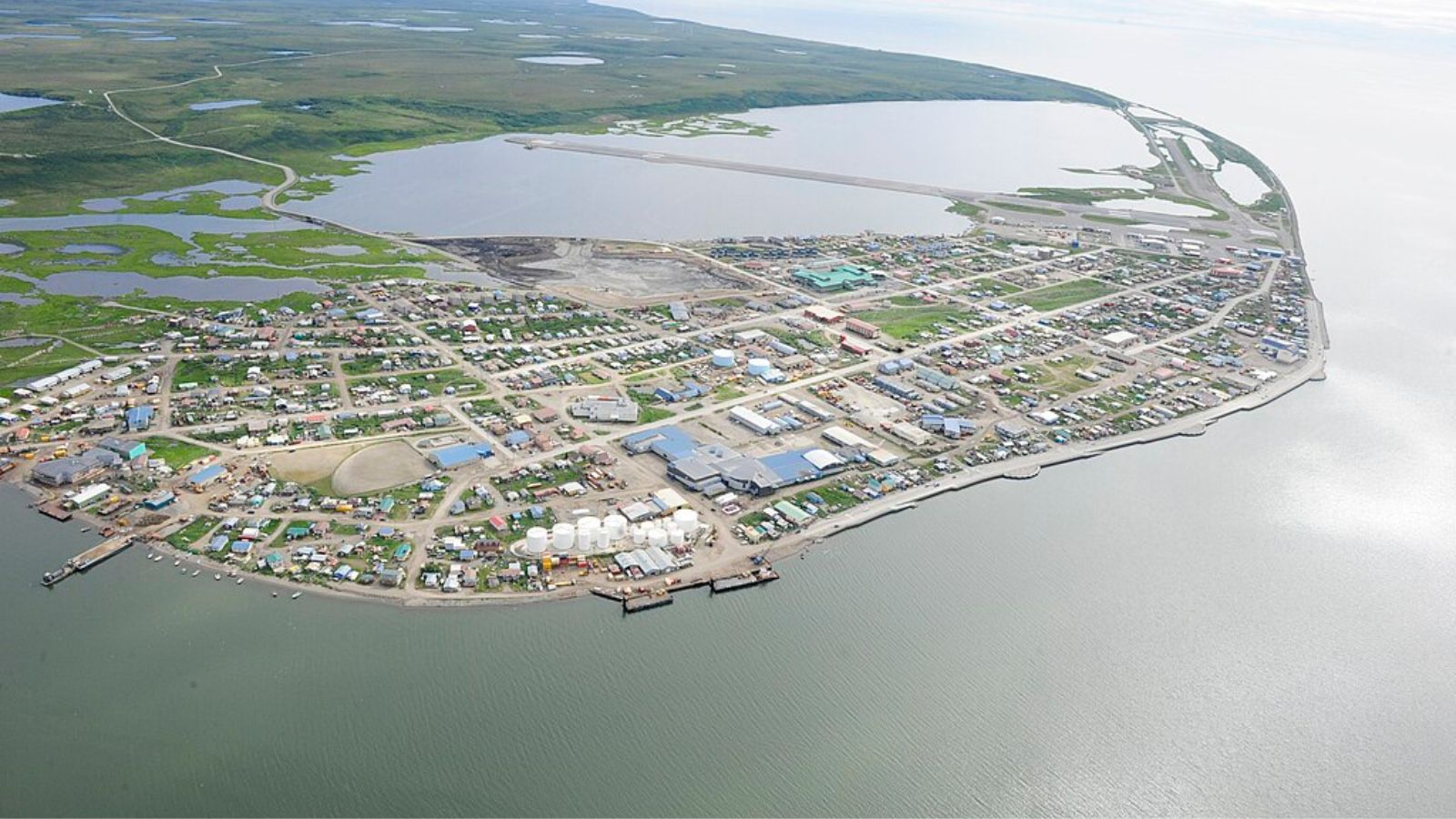
Kotzebue sits on a gravel spit above the Arctic Circle, where the Chukchi Sea meets the tundra. While it’s an important regional hub, the town remains deeply isolated. All supplies must arrive by barge or plane, and extreme weather can disrupt both. That remoteness drives up costs across the board—from basic groceries to building materials.
Despite its unique setting, Kotzebue’s lack of walkable space, limited services, and high import costs make everyday life difficult and expensive. For buyers seeking modern comfort, it’s a difficult place to justify luxury-level prices.
Kotzebue – Luxury 57.72 vs. Lifestyle 19.85
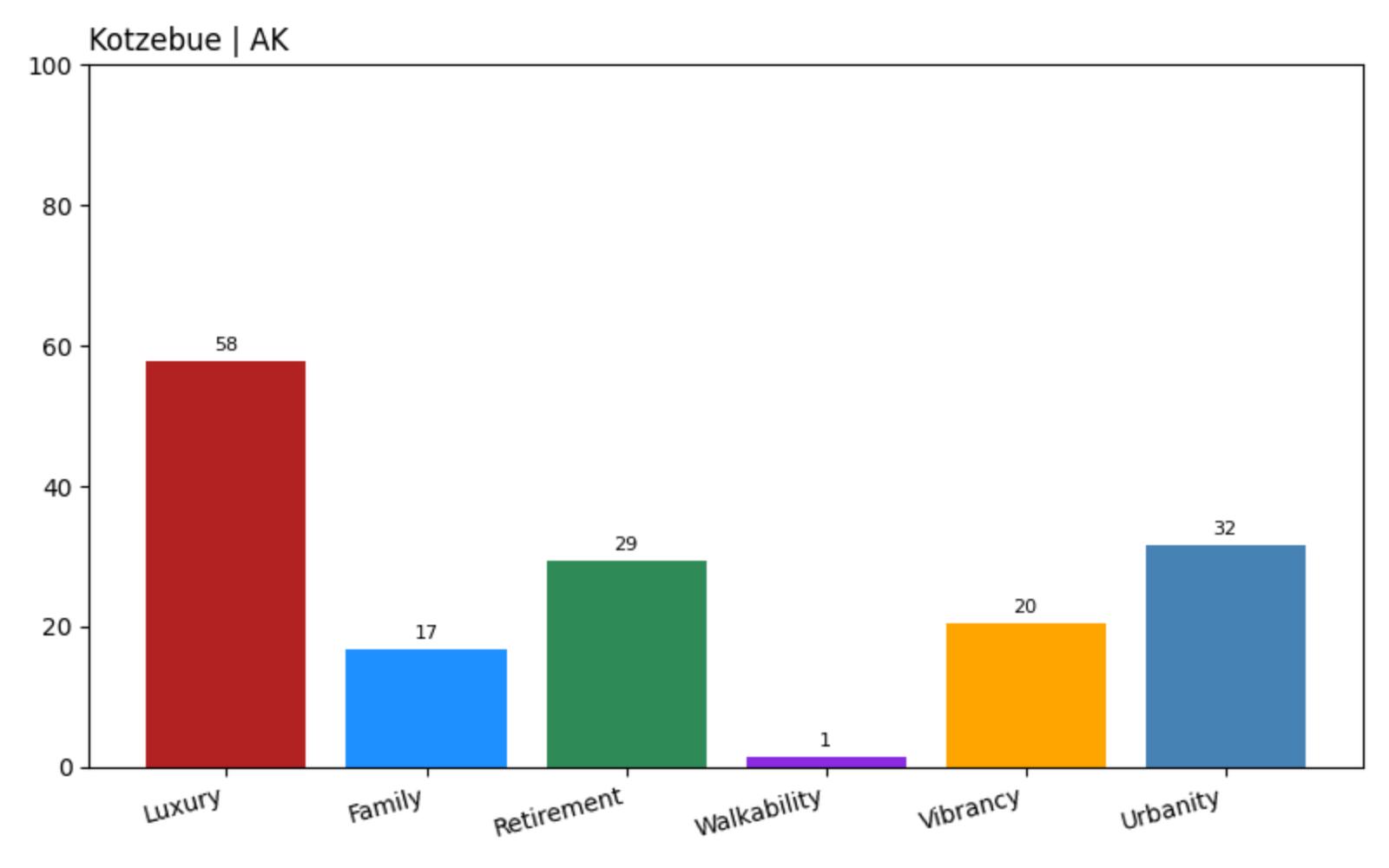
- Luxury Score: 57.72
- Family Friendliness: 16.66
- Retirement Friendliness: 29.25
- Walkability: 1.41
- Vibrancy: 20.38
- Urban Sophistication: 31.56
With some of the lowest family and retirement scores in the entire list, Kotzebue’s day-to-day reality doesn’t align with its rising property costs. Even adventurous buyers will find it hard to stretch their dollar here.
3. Eielson AFB – Military Housing Without the Benefits

Located southeast of Fairbanks, Eielson Air Force Base serves as a strategic military hub, but civilian housing nearby remains expensive and underwhelming. Services are tightly linked to the base, and the area offers little in terms of broader community engagement or amenities for non-military families.
For civilians not attached to the military, the experience is one of isolation, sparse services, and high cost of living with none of the built-in support networks that base residents receive.
Eielson Air Force Base – Luxury 59.72 vs. Lifestyle 16.3
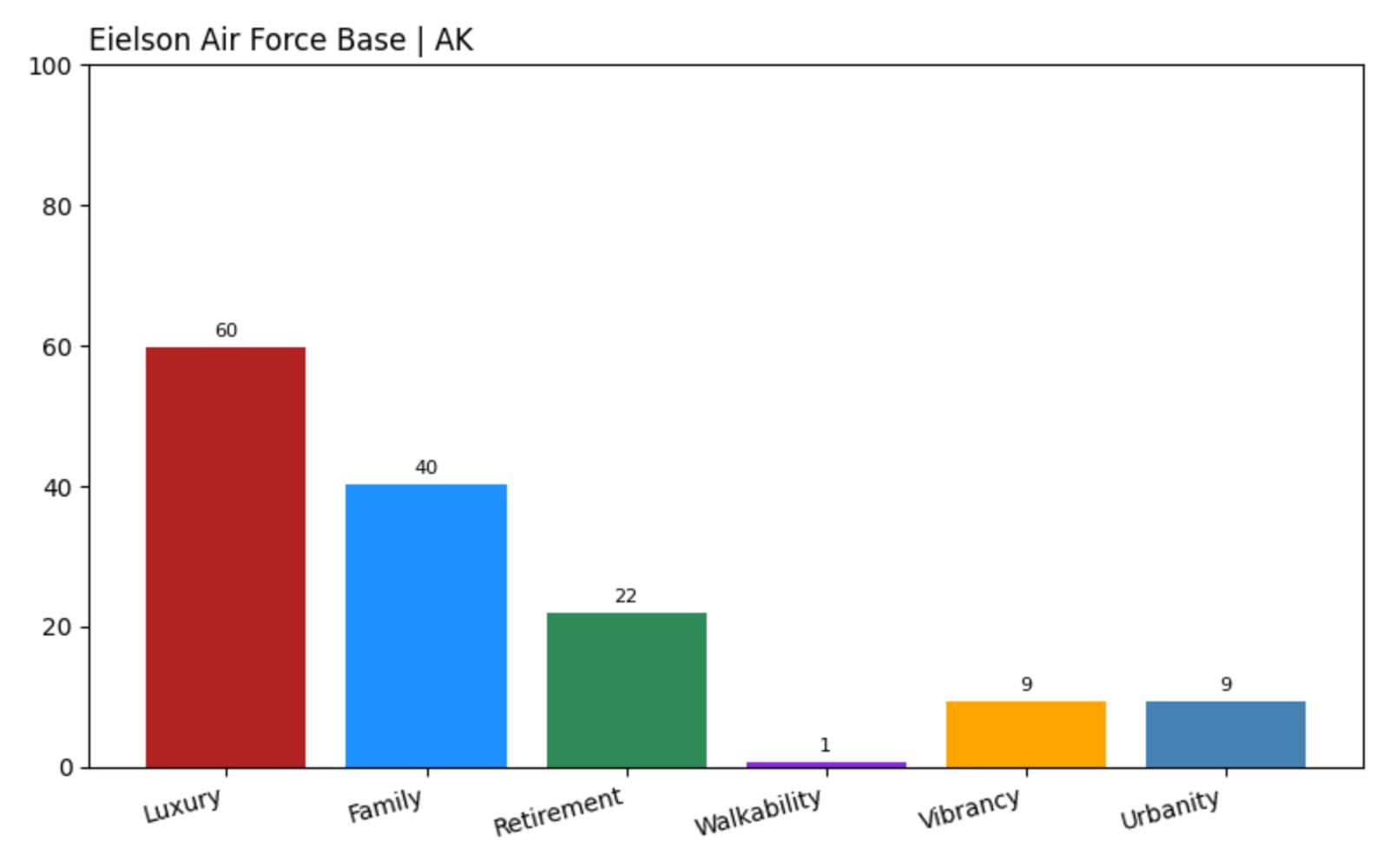
- Luxury Score: 59.72
- Family Friendliness: 40.33
- Retirement Friendliness: 22.03
- Walkability: 0.57
- Vibrancy: 9.25
- Urban Sophistication: 9.32
Eielson AFB posts one of the lowest lifestyle scores on this entire list. For the average homebuyer, especially civilians, there’s little here that justifies its luxury-tier pricing.
2. Cooper Landing – Scenic but Stagnant
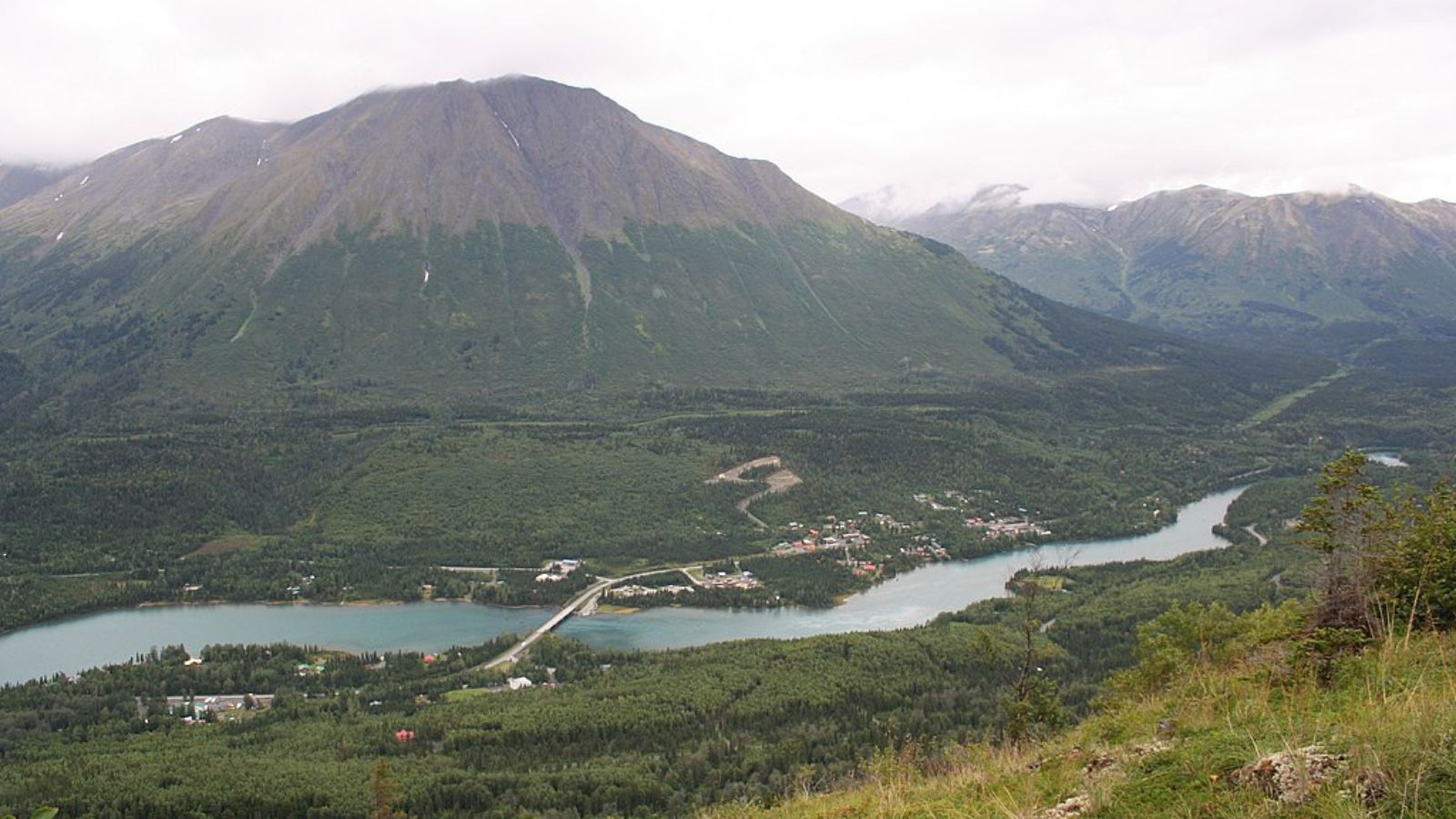
Cooper Landing, along with nearby Hope, sits in the heart of the Kenai Peninsula, surrounded by pristine wilderness and world-class fishing. While the views are incredible, daily living can be a chore. There are few services, no walkable town center, and almost no local economy outside of tourism and seasonal rentals.
The area draws retirees and vacation homeowners, but for full-time residents paying full-time prices, the limited lifestyle and heavy seasonal dependence make it feel overpriced.
Cooper Landing – Hope – Luxury 76.35 vs. Lifestyle 50.63
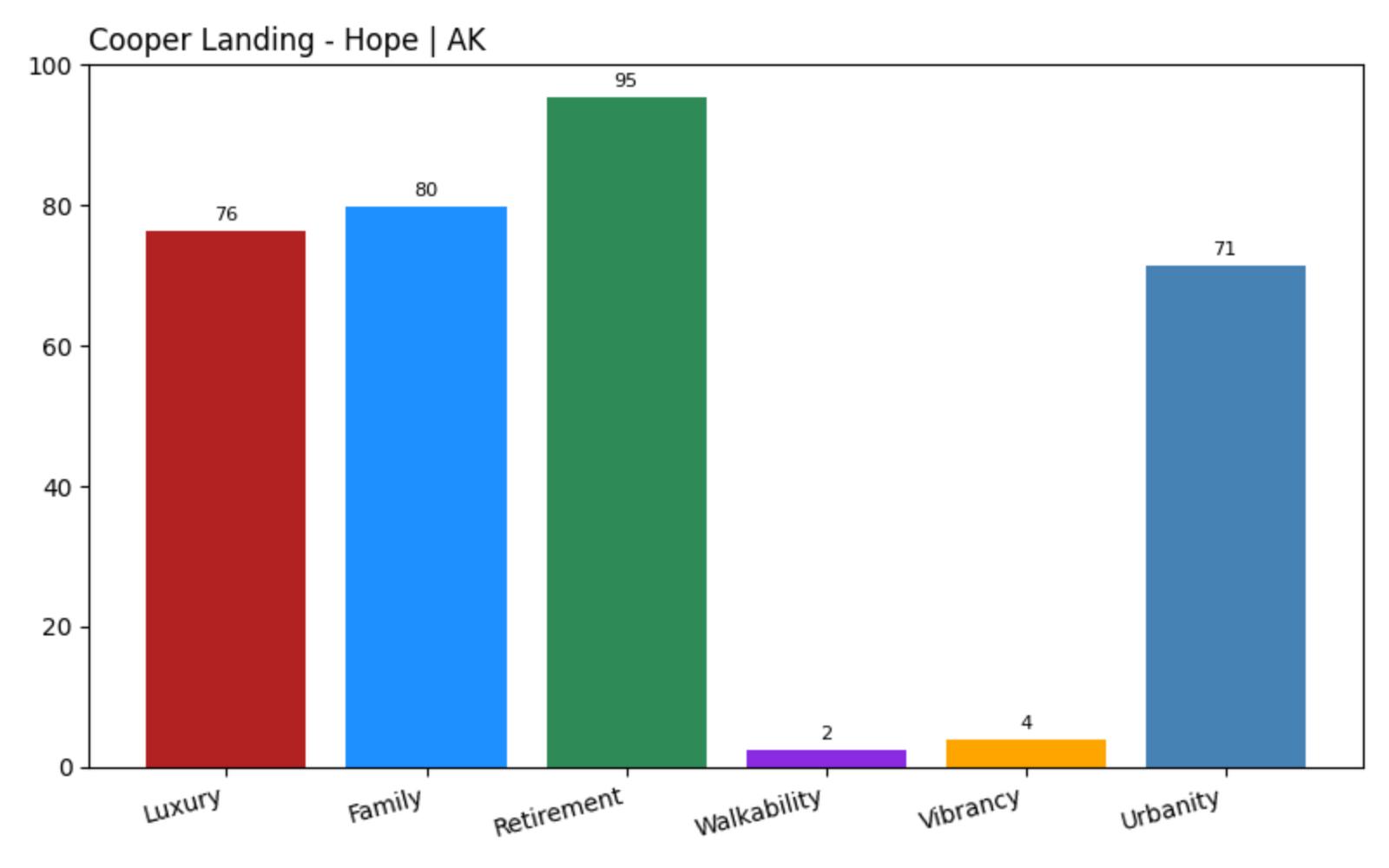
- Luxury Score: 76.35
- Family Friendliness: 79.92
- Retirement Friendliness: 95.37
- Walkability: 2.39
- Vibrancy: 4.00
- Urban Sophistication: 71.45
Cooper Landing ranks high for retirees and natural beauty, but its lack of walkability and low vibrancy make full-time life feel static. For many buyers, it’s more weekend escape than worthy year-round home.
1. Utqiagvik – The Costliest Disappointment
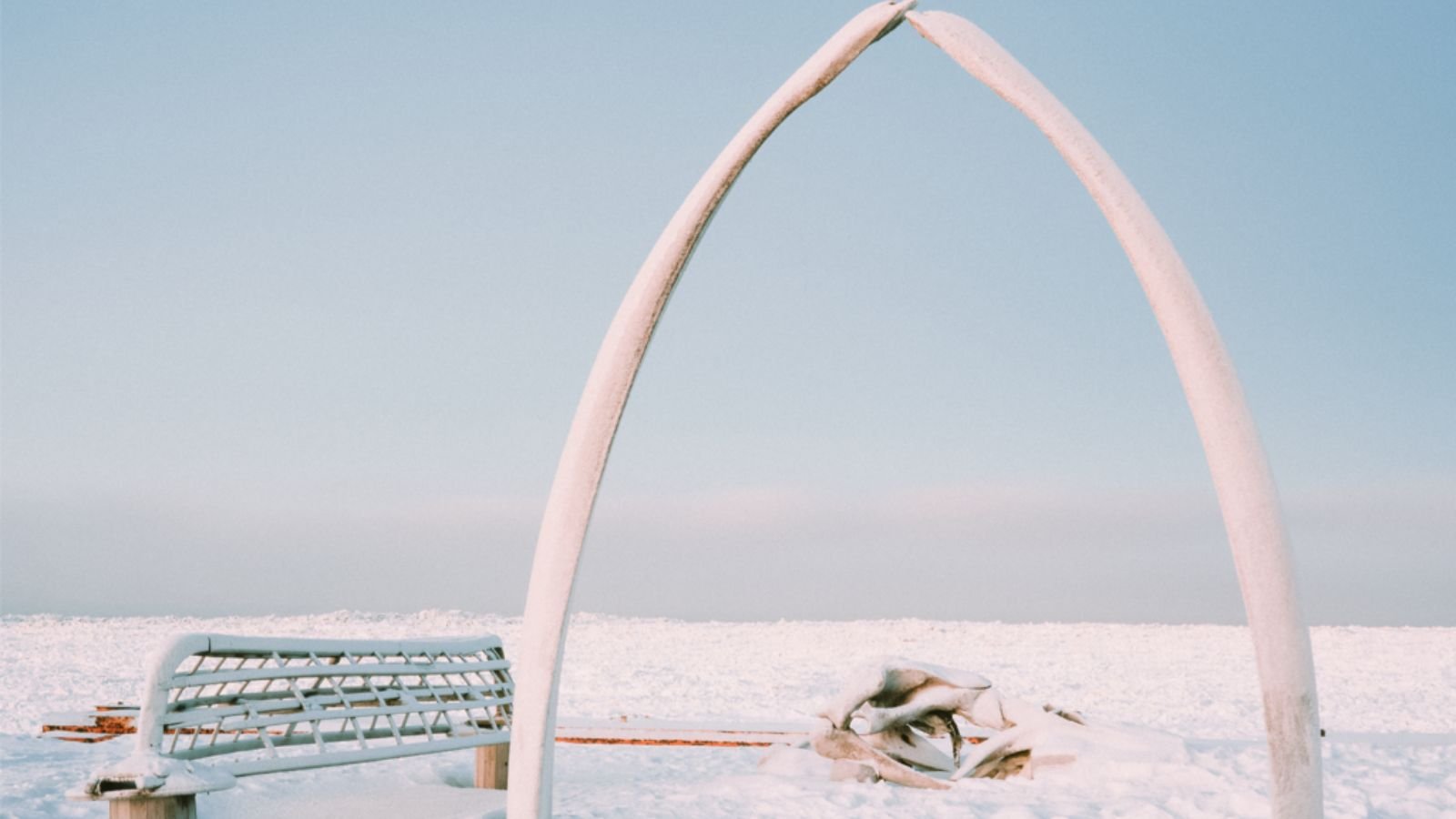
Utqiagvik (formerly Barrow) is the northernmost city in the U.S., with constant darkness in winter and 24-hour sun in summer. Its location makes it iconic, but also brutally expensive. Everything arrives by cargo plane or barge, fuel costs are astronomical, and basic services are limited and aging.
Despite the high price tag and a handful of luxury homes, life here is marked by harsh weather, minimal infrastructure, and isolation so extreme it affects every aspect of daily living. For most buyers, it’s simply not worth the cost.
Utqiagvik – Luxury 48.44 vs. Lifestyle 20.53
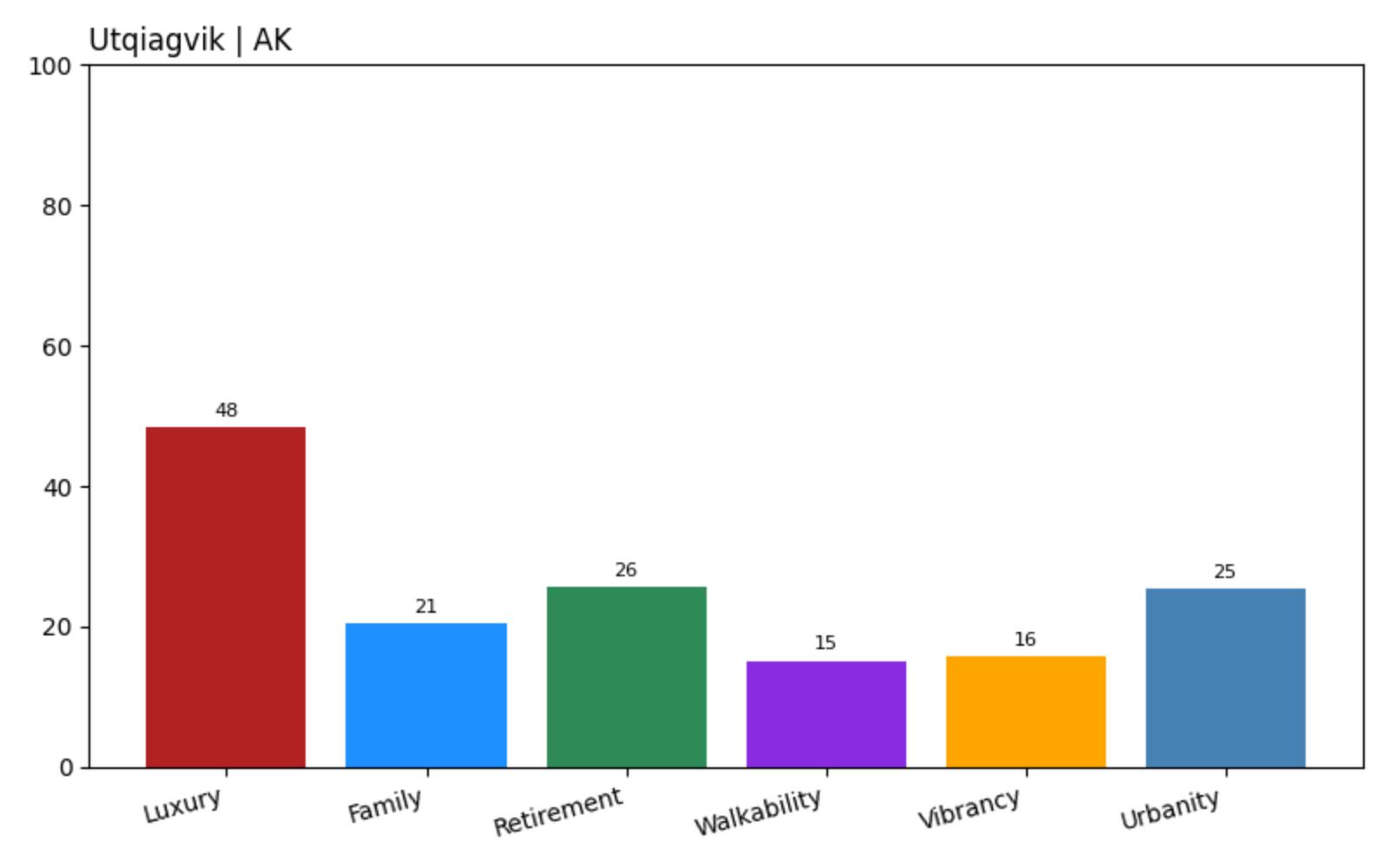
- Luxury Score: 48.44
- Family Friendliness: 20.56
- Retirement Friendliness: 25.74
- Walkability: 15.15
- Vibrancy: 15.75
- Urban Sophistication: 25.43
Utqiagvik scores near the bottom in every lifestyle metric, and its luxury score still places it above more functional towns. For cost-conscious homebuyers, it tops the list of overpriced Alaskan towns that simply don’t deliver.






